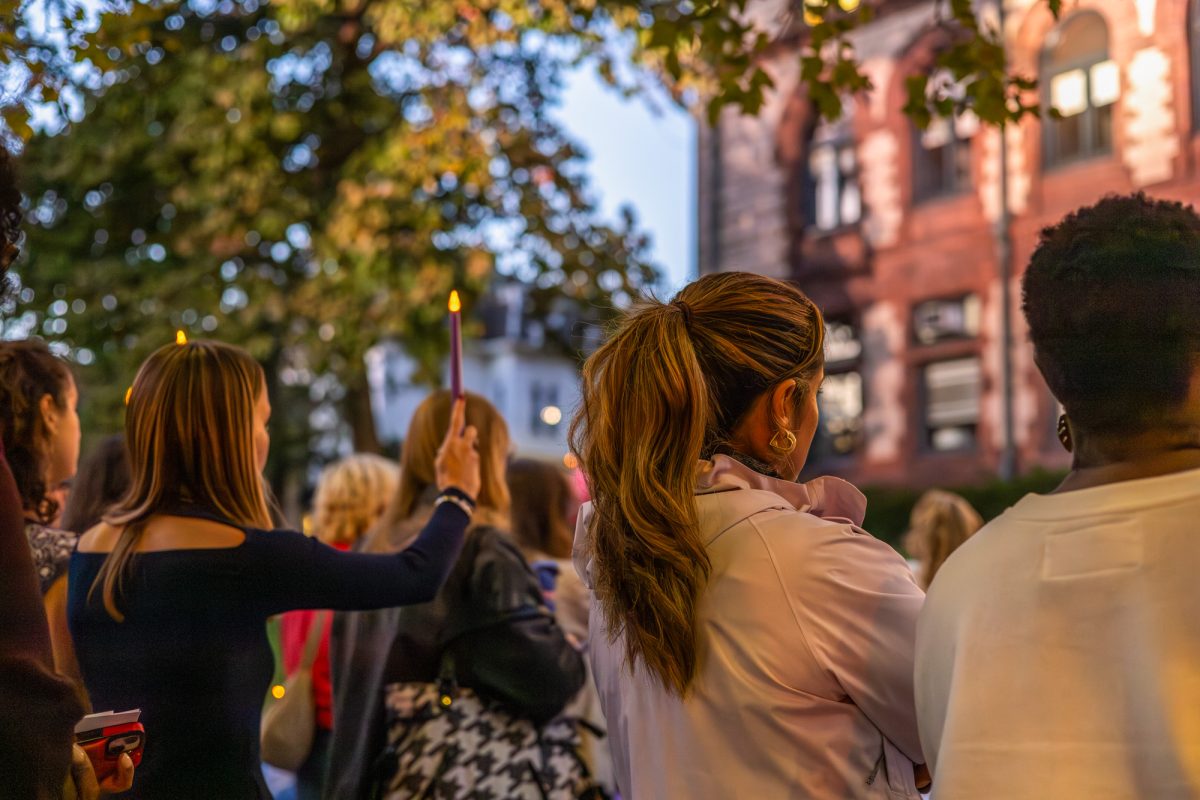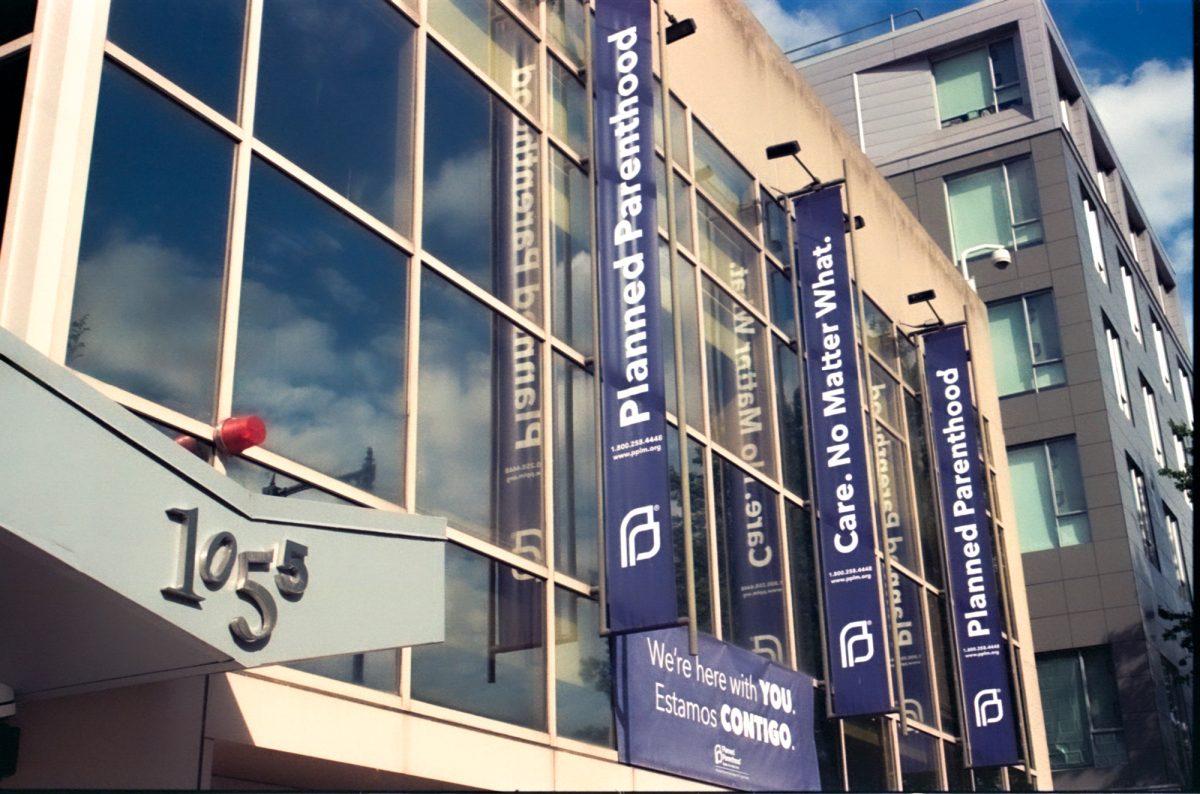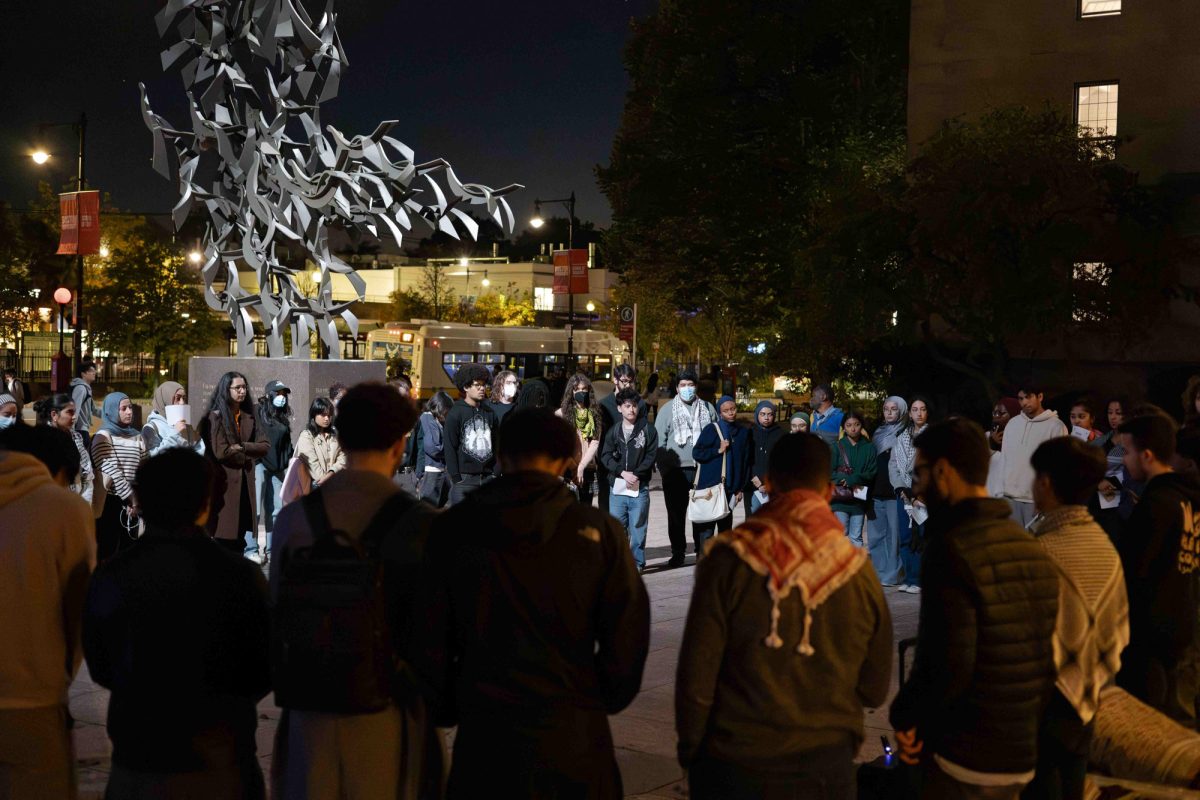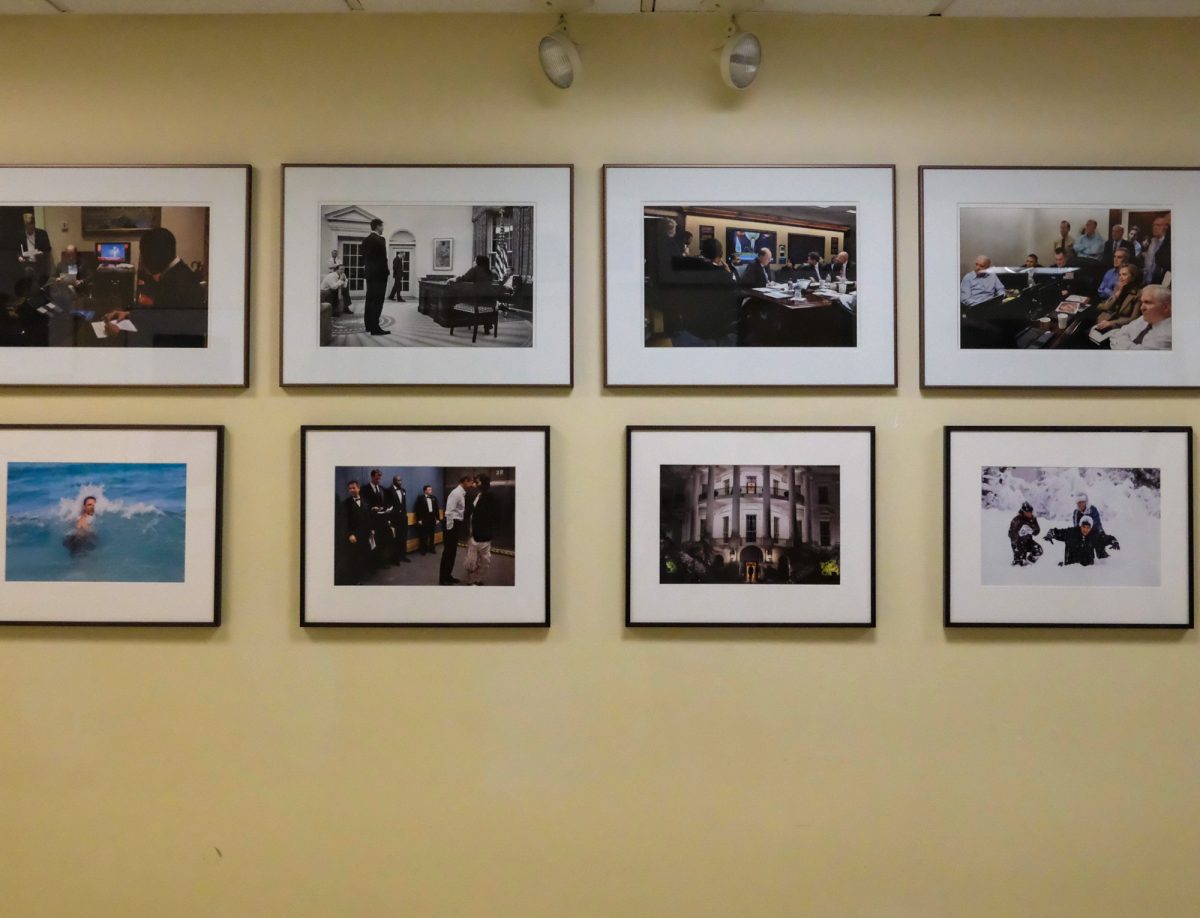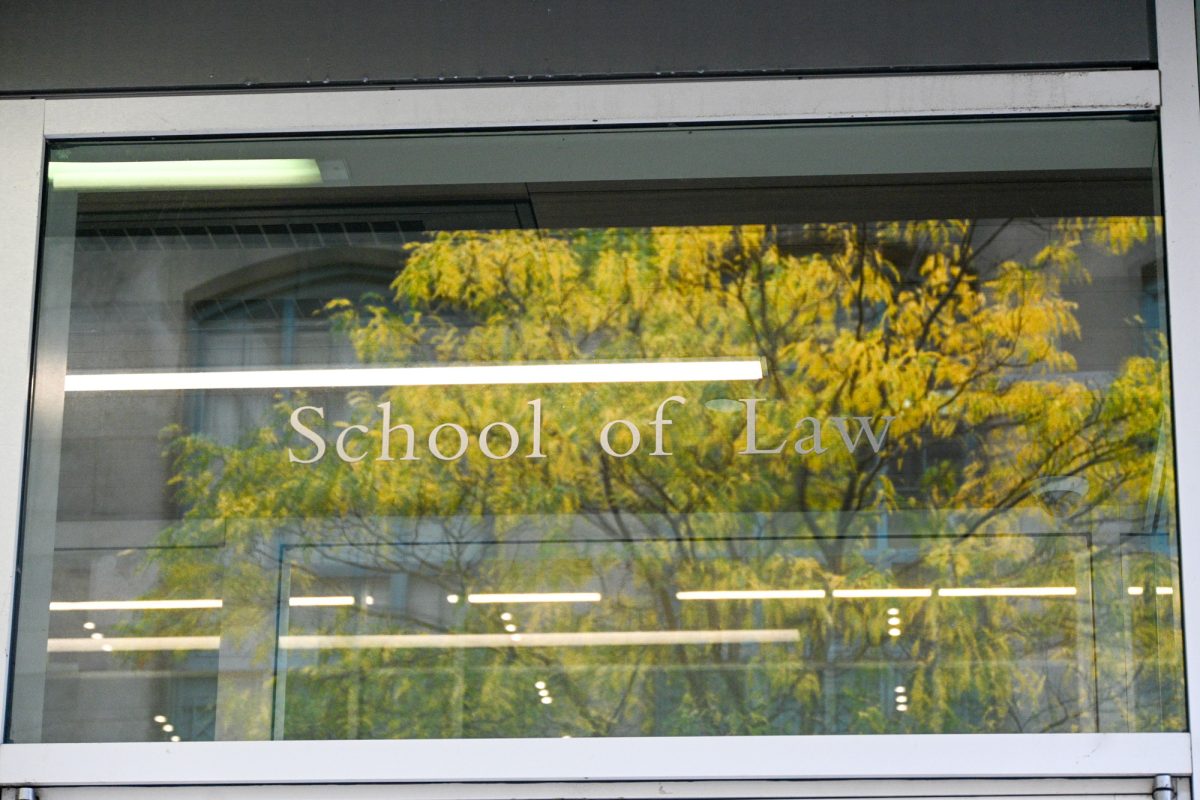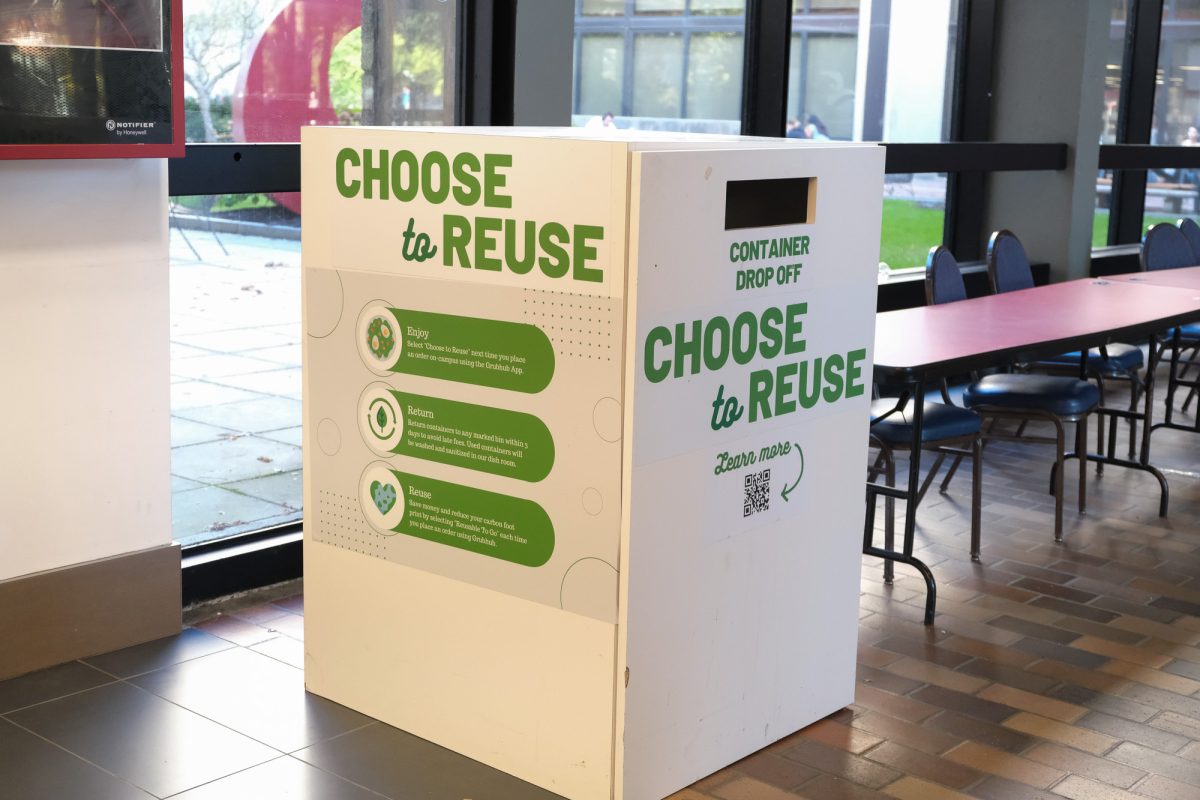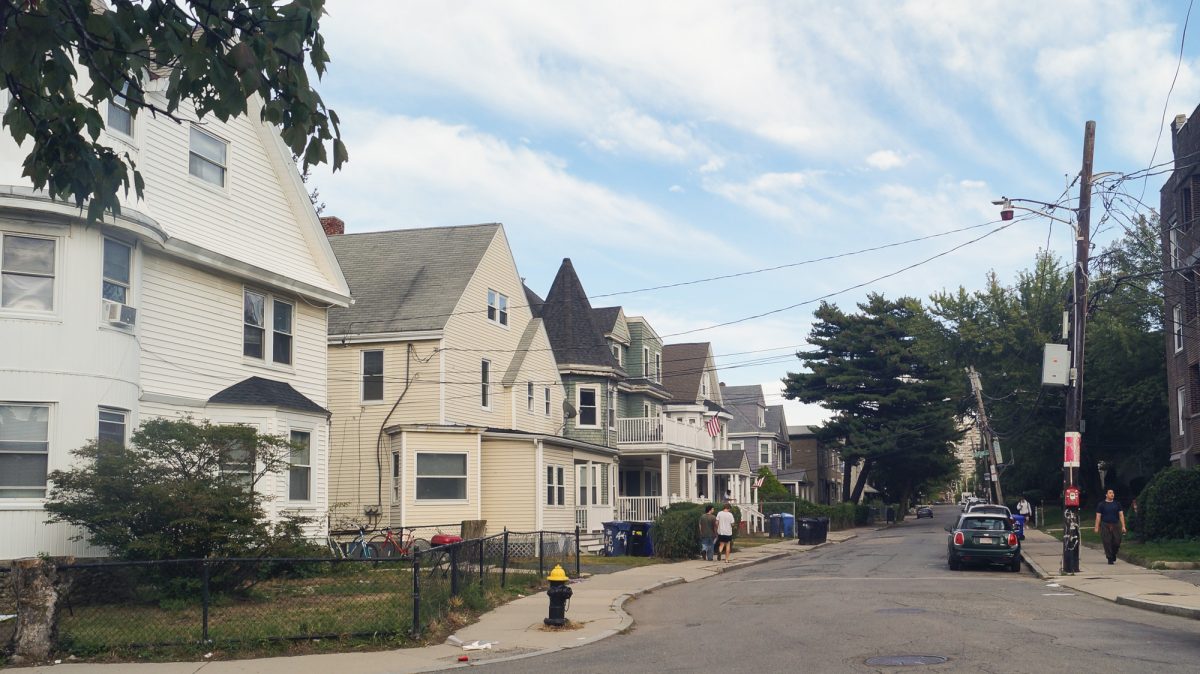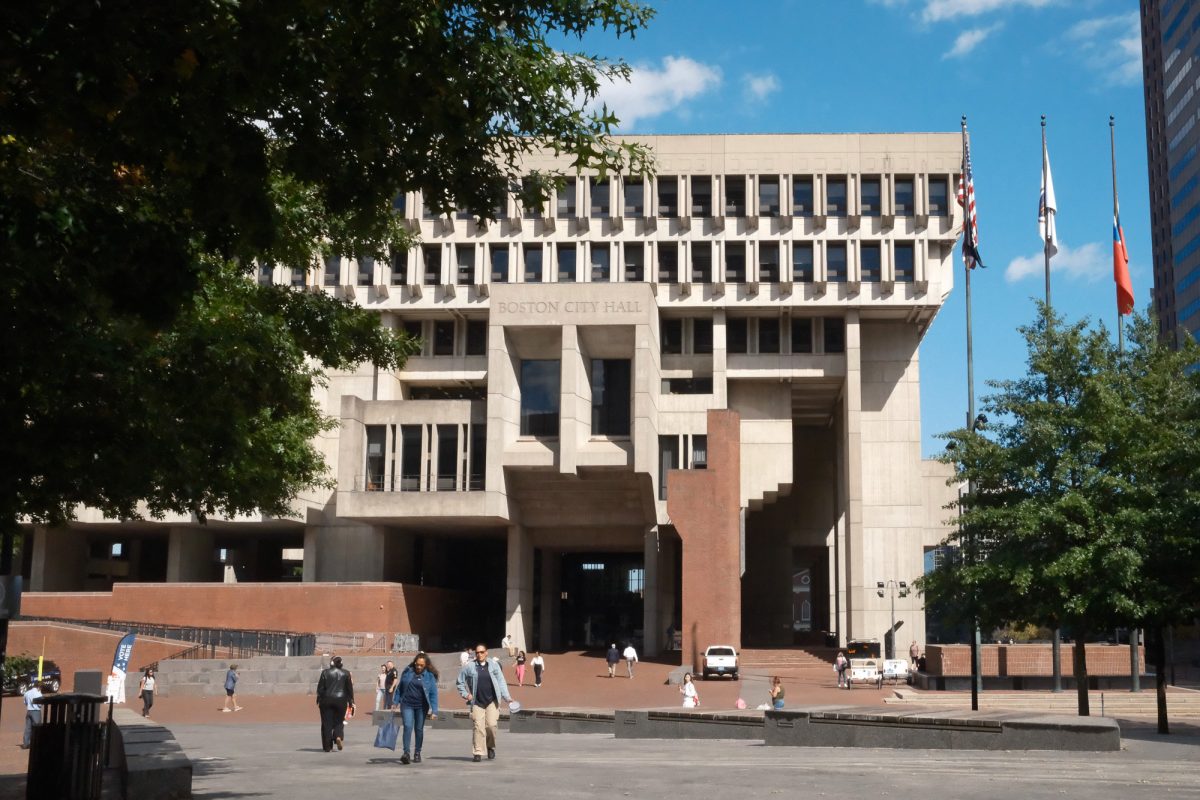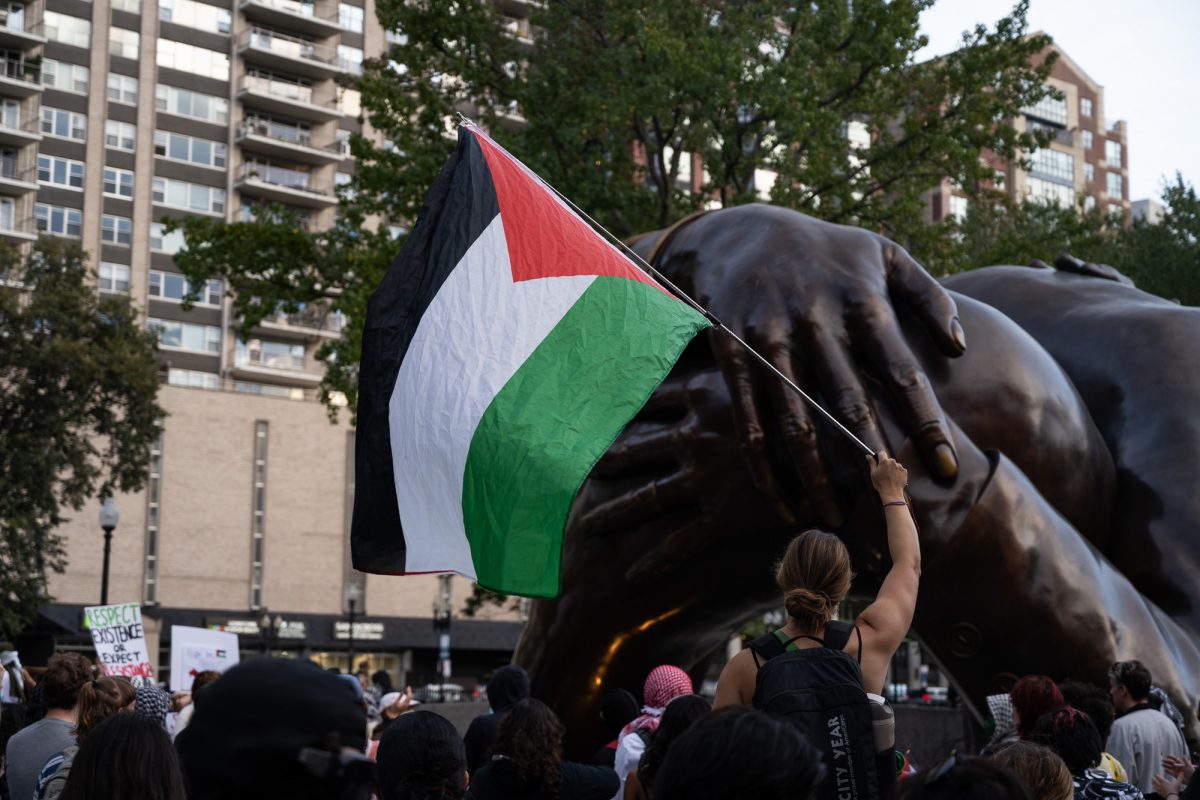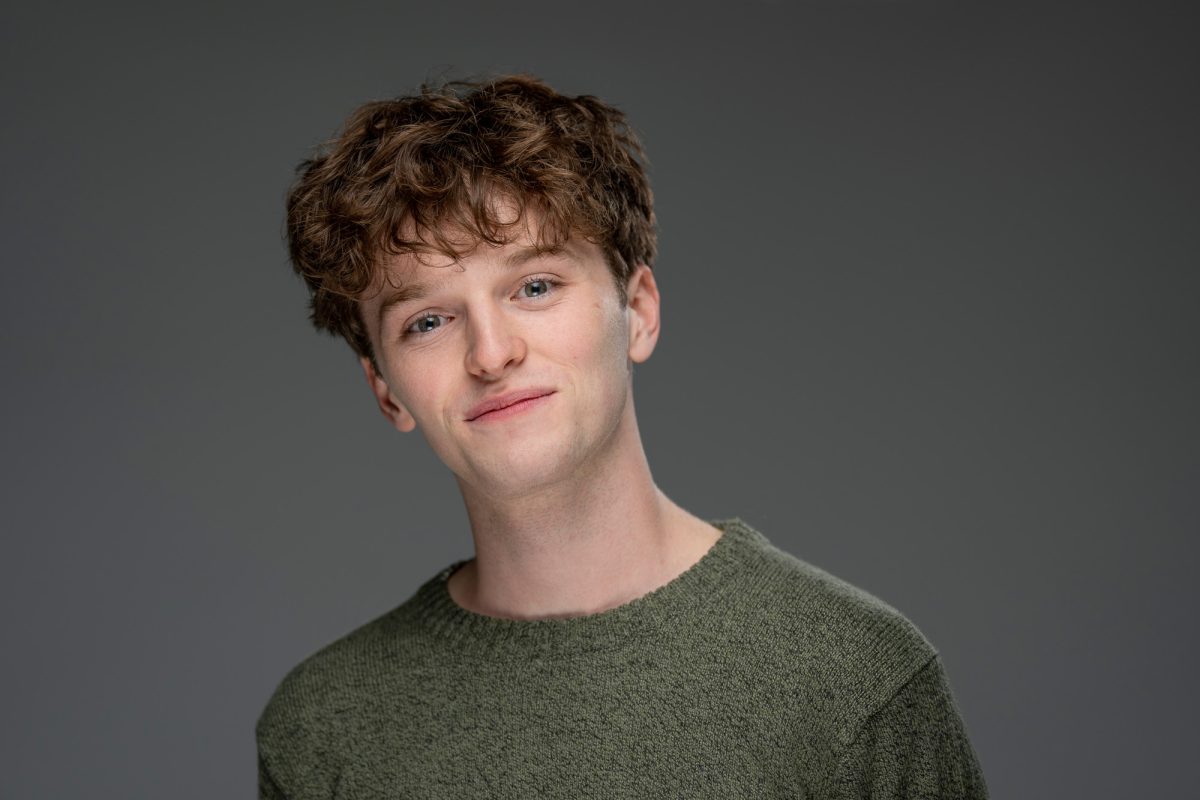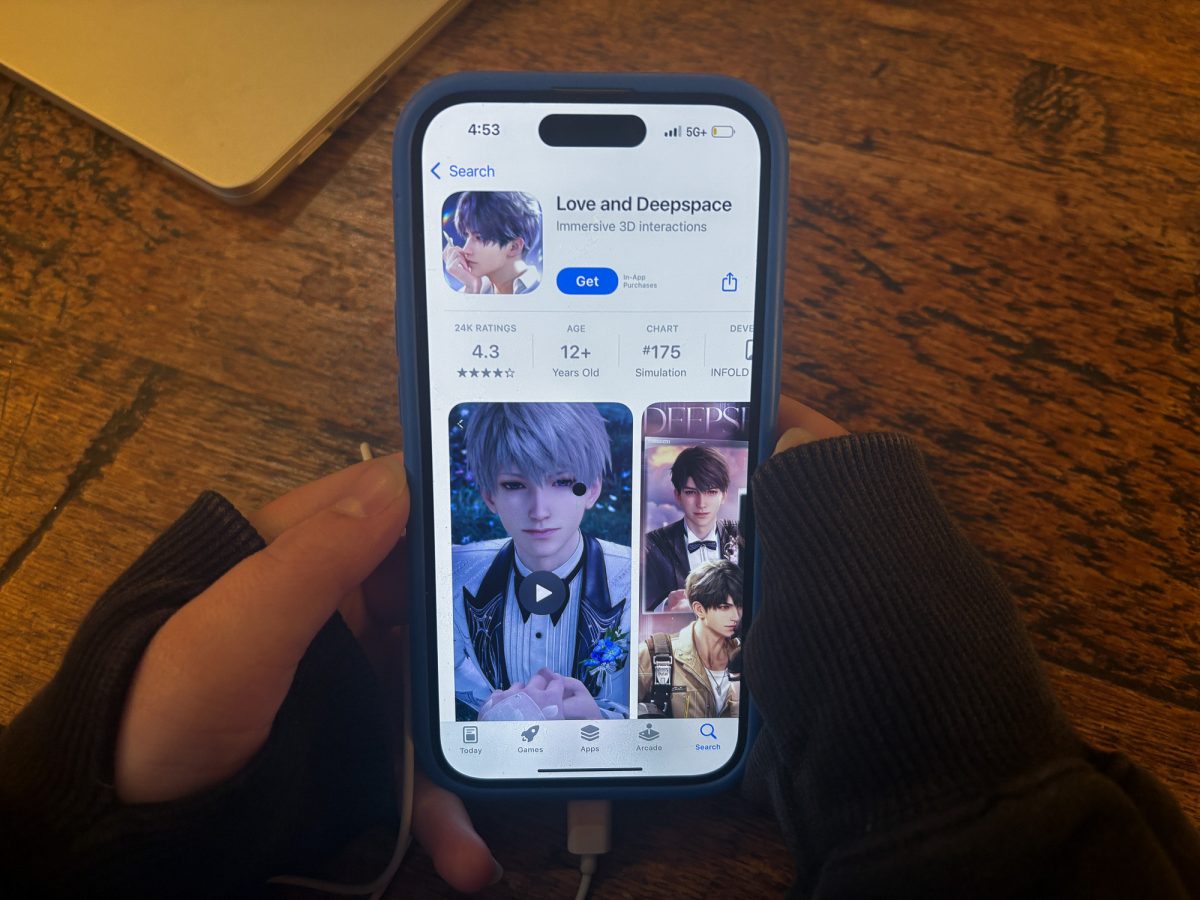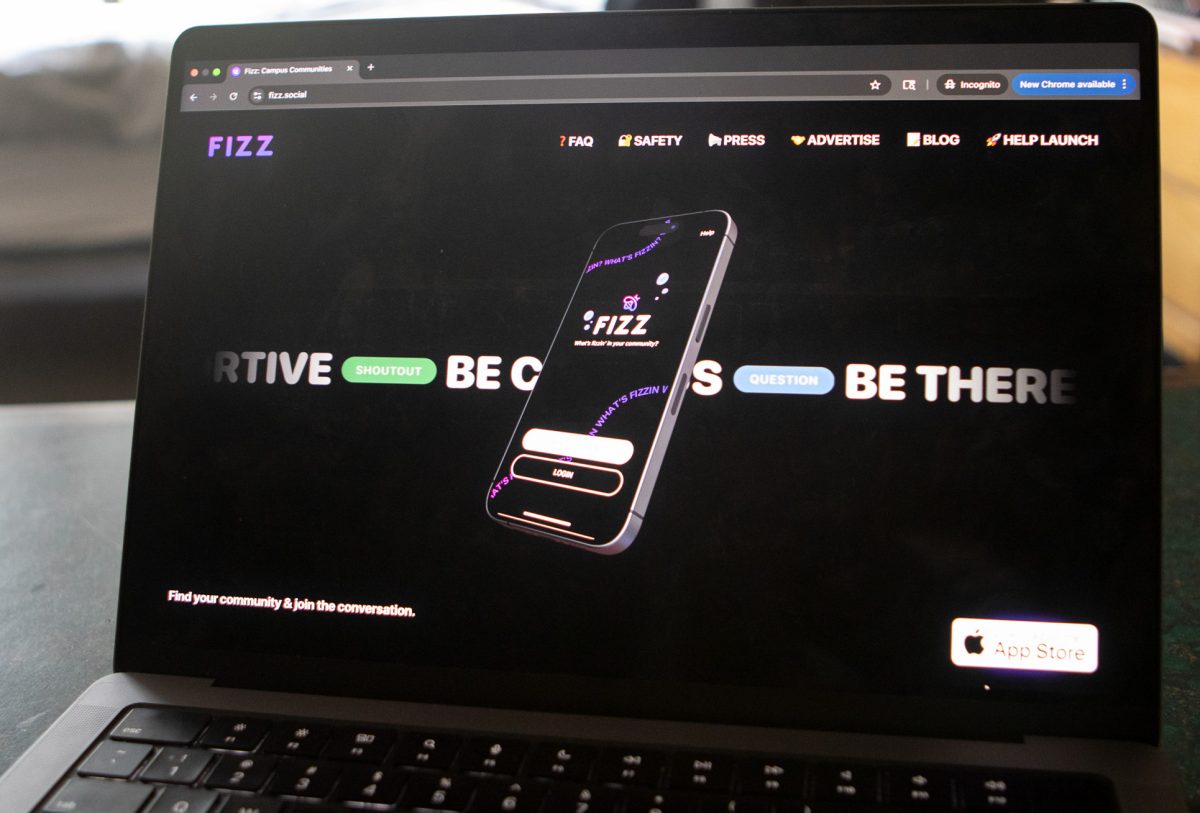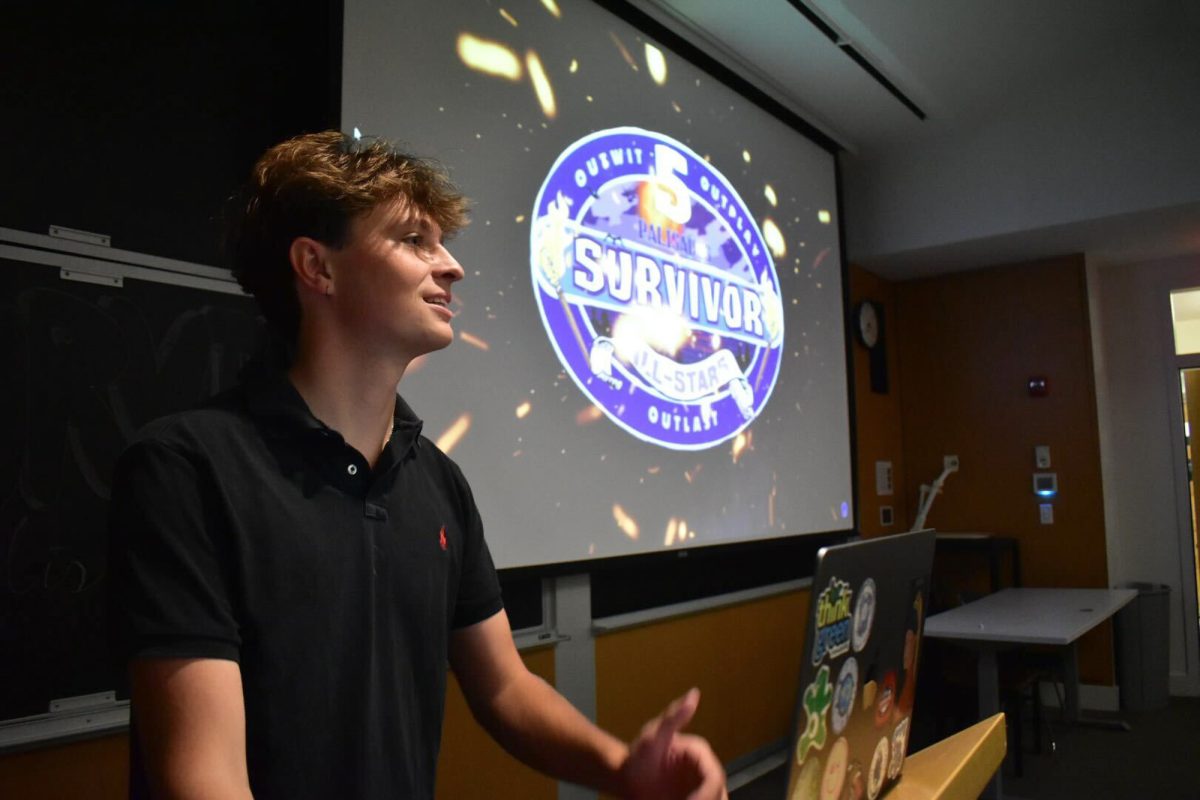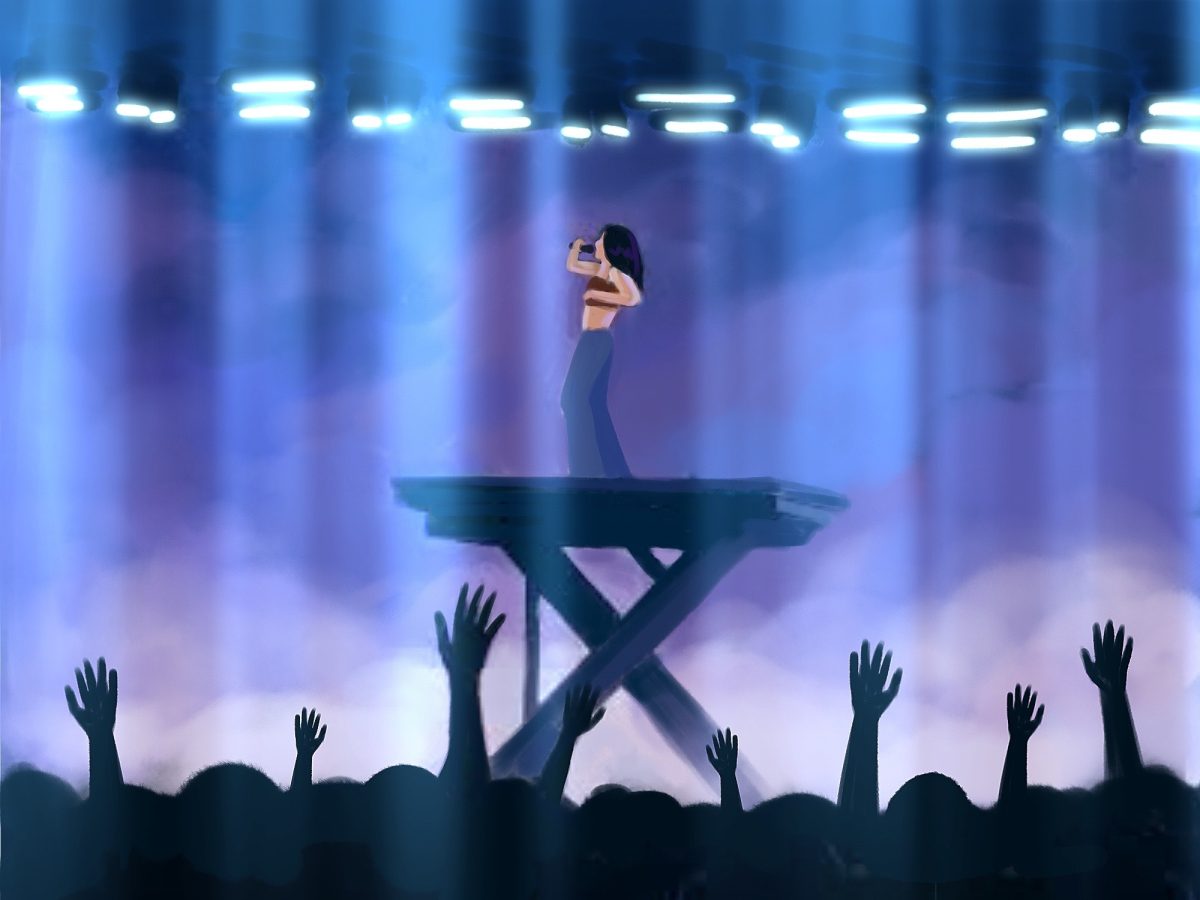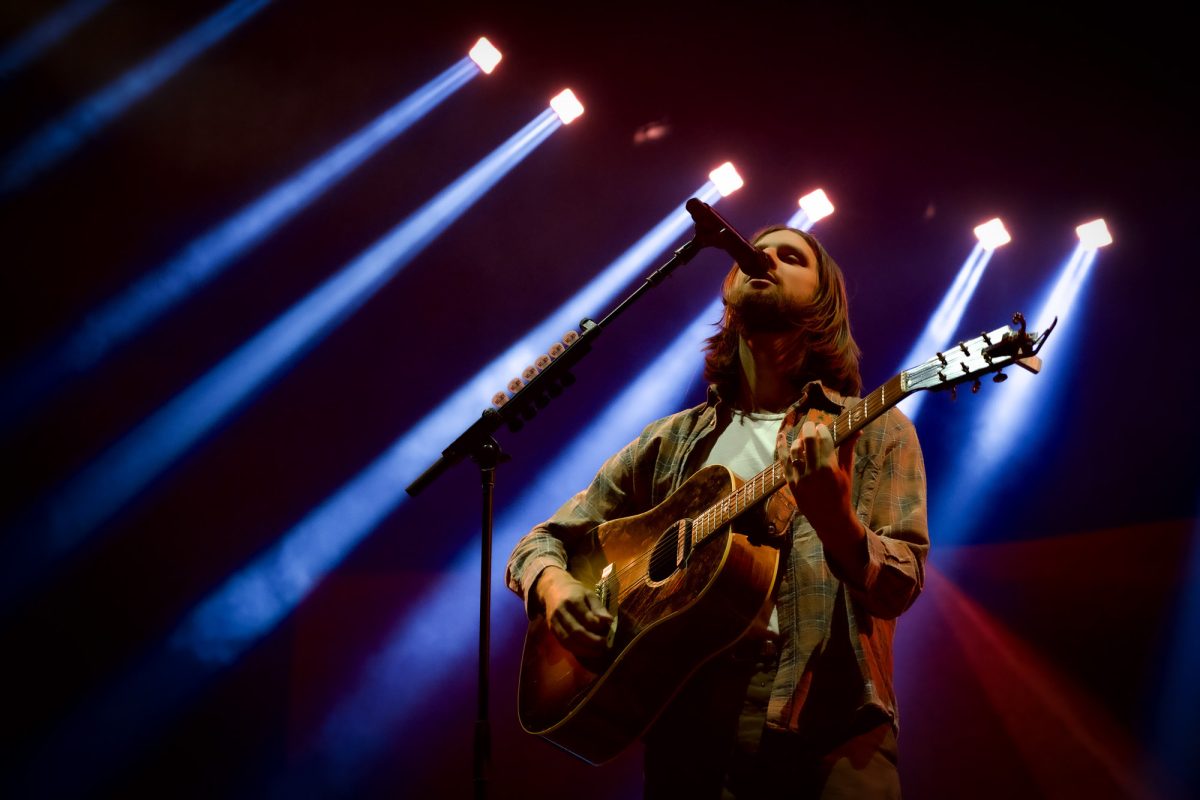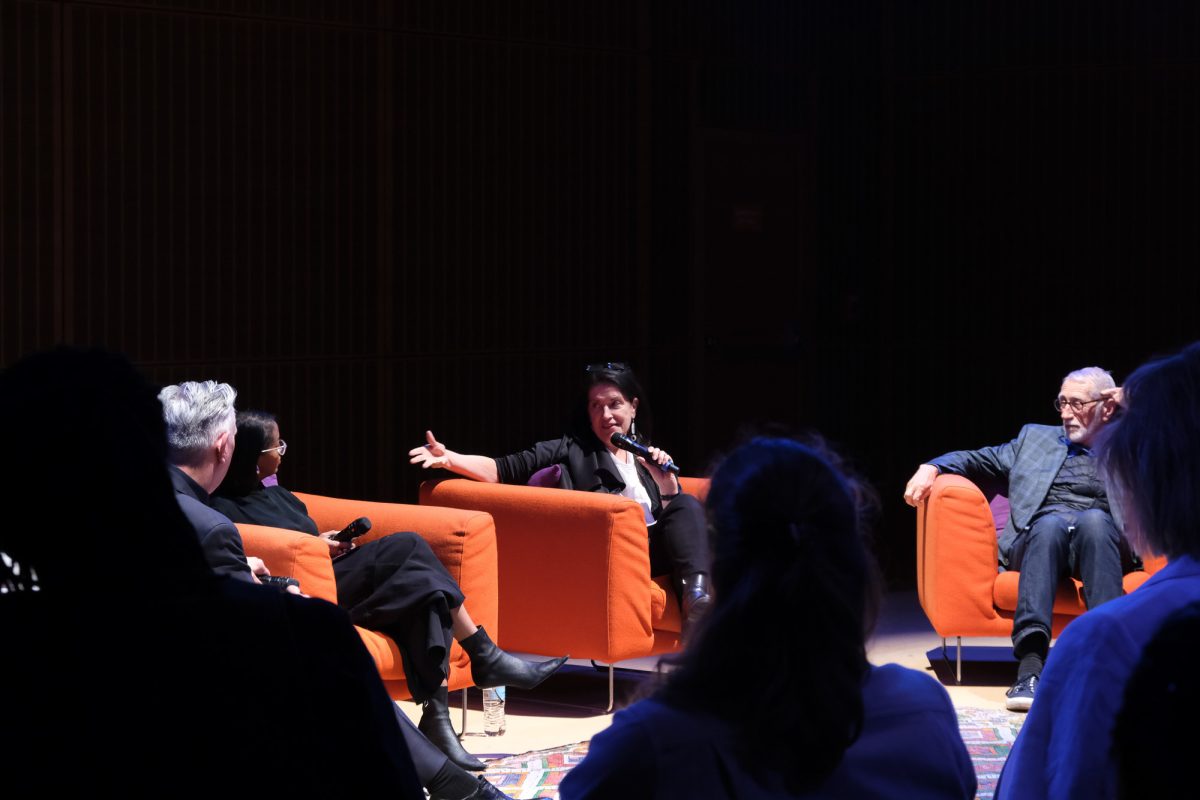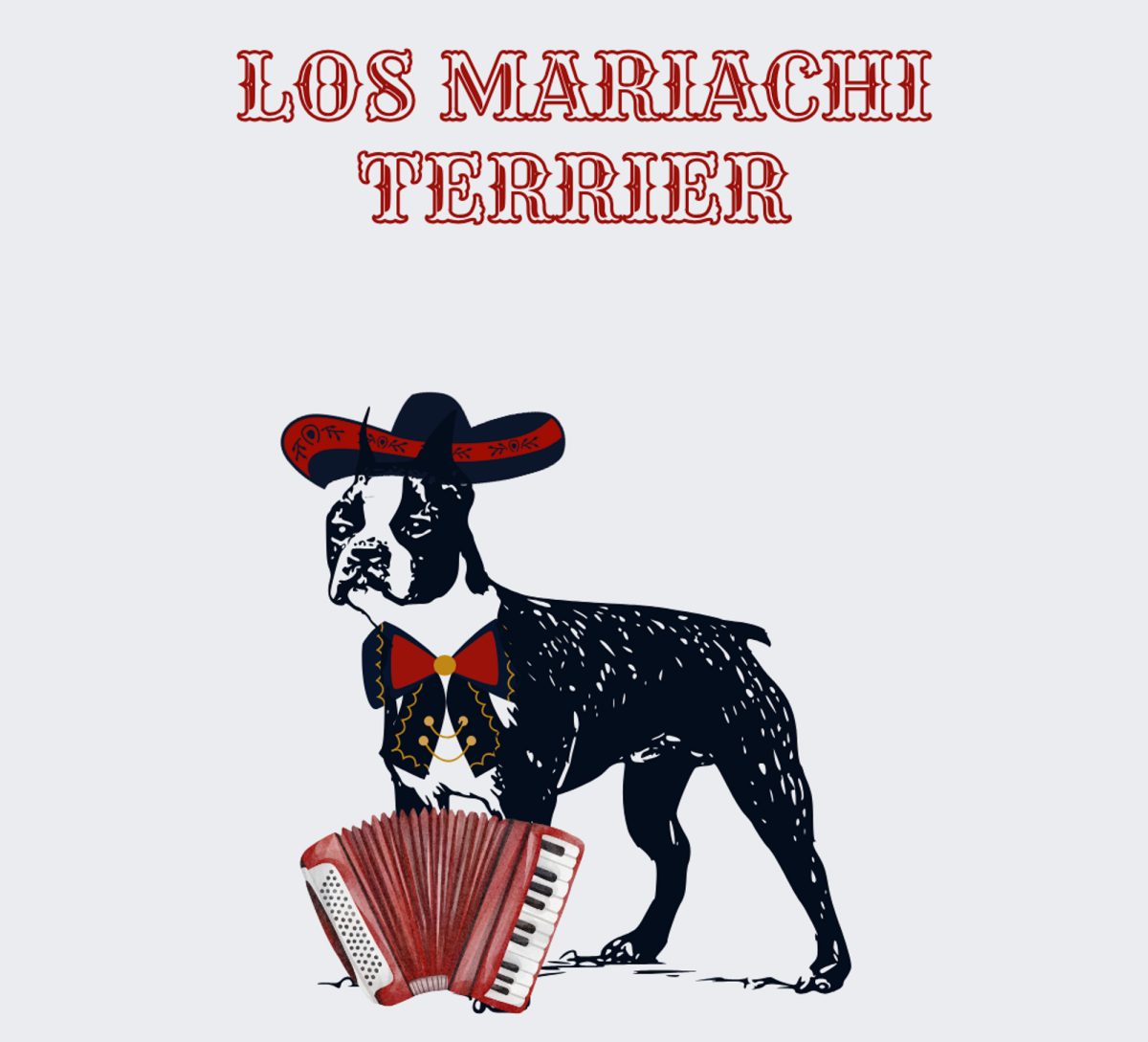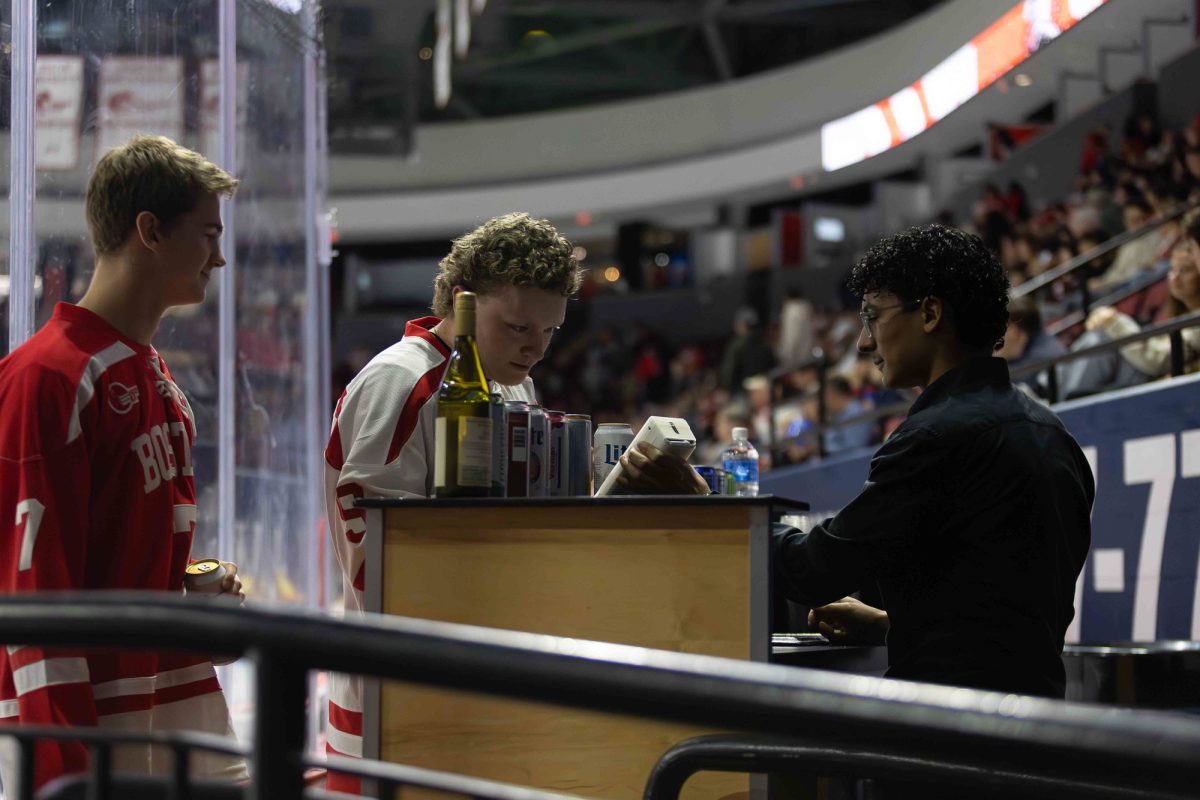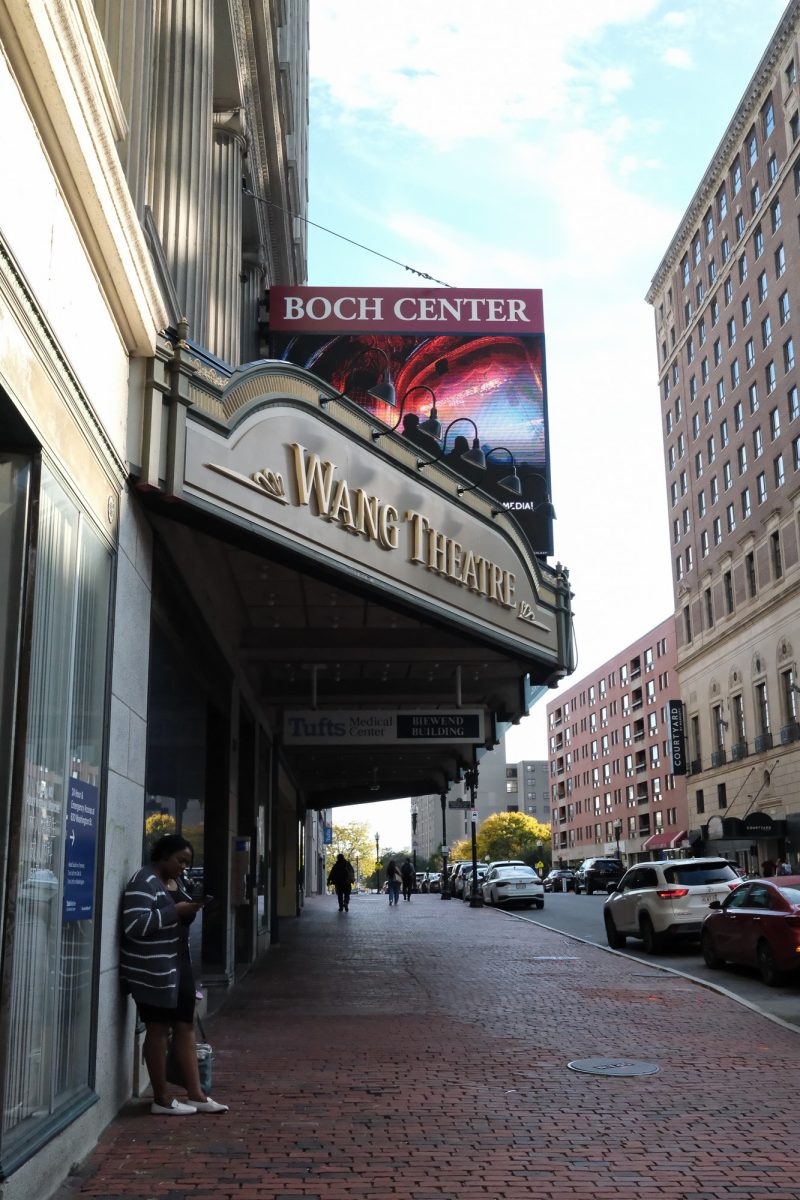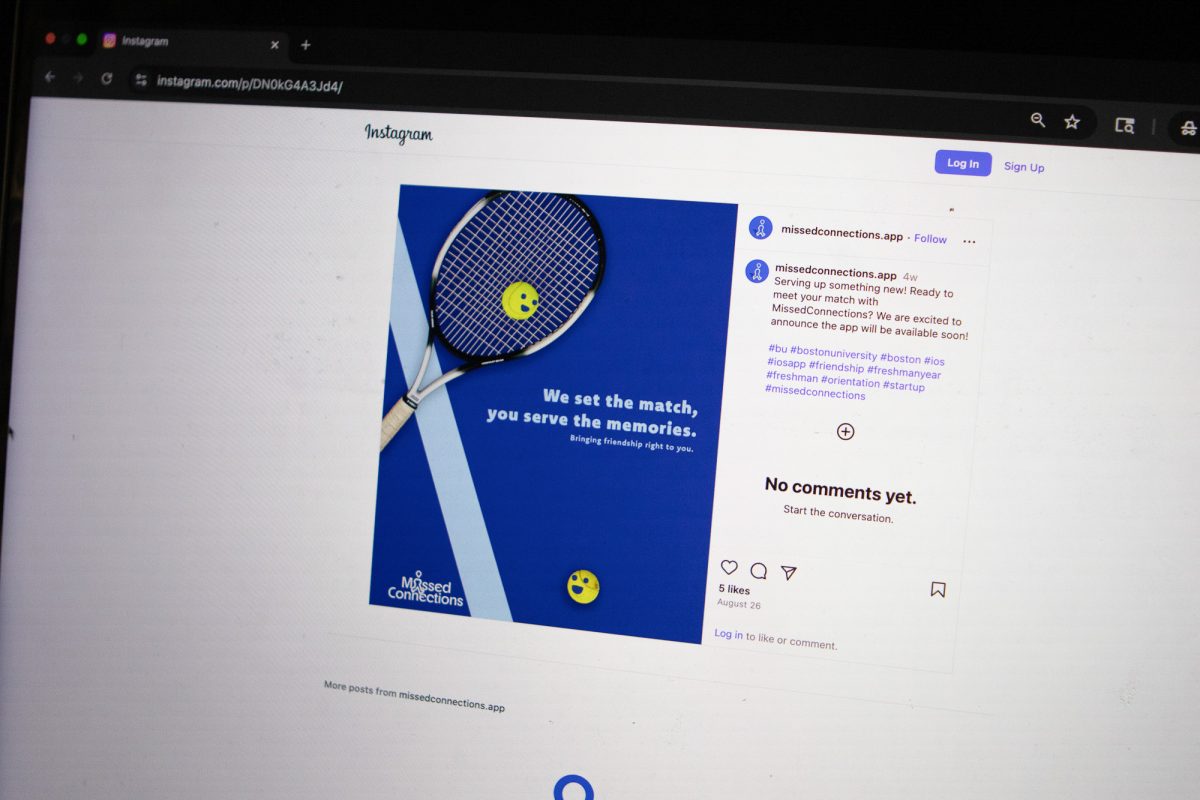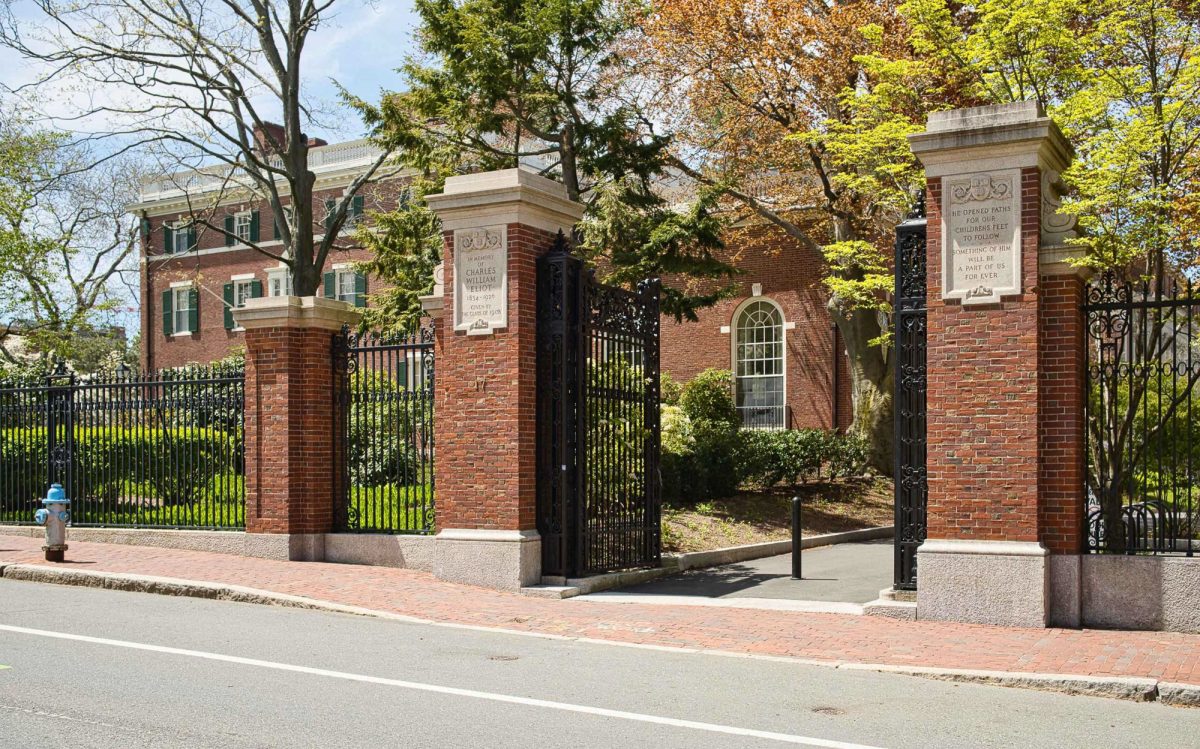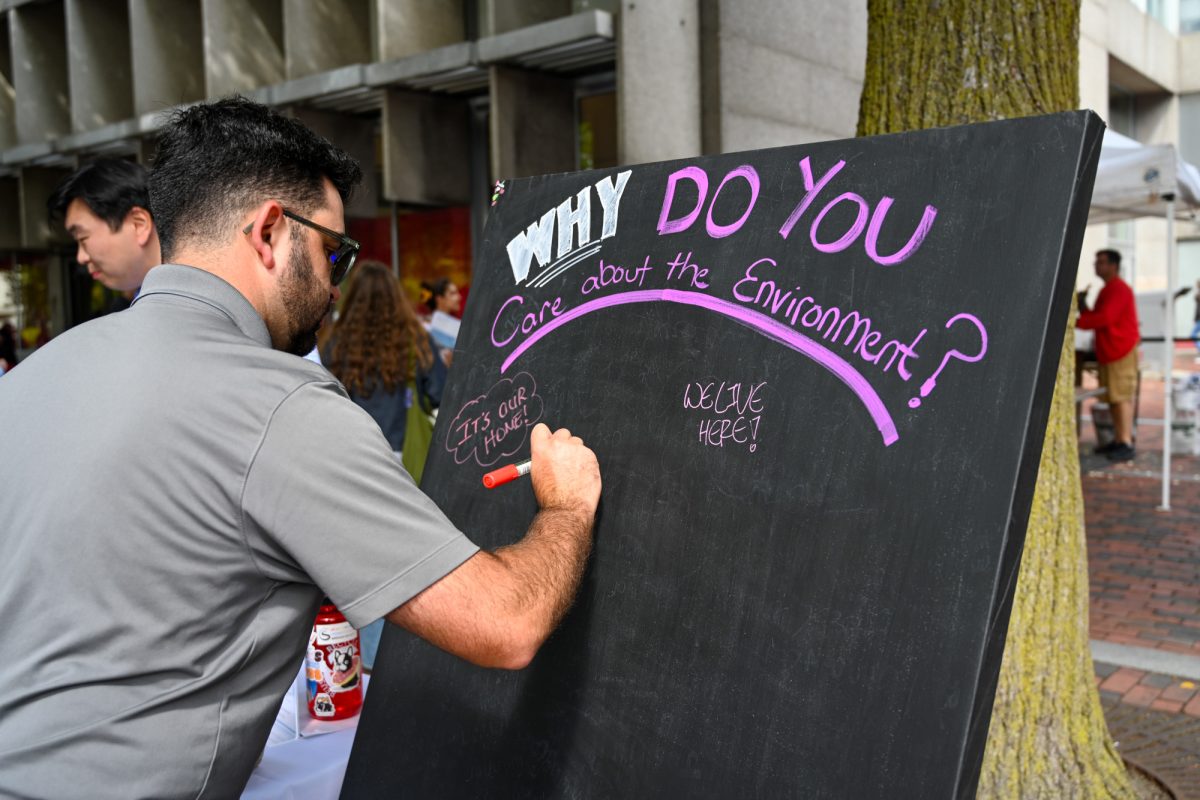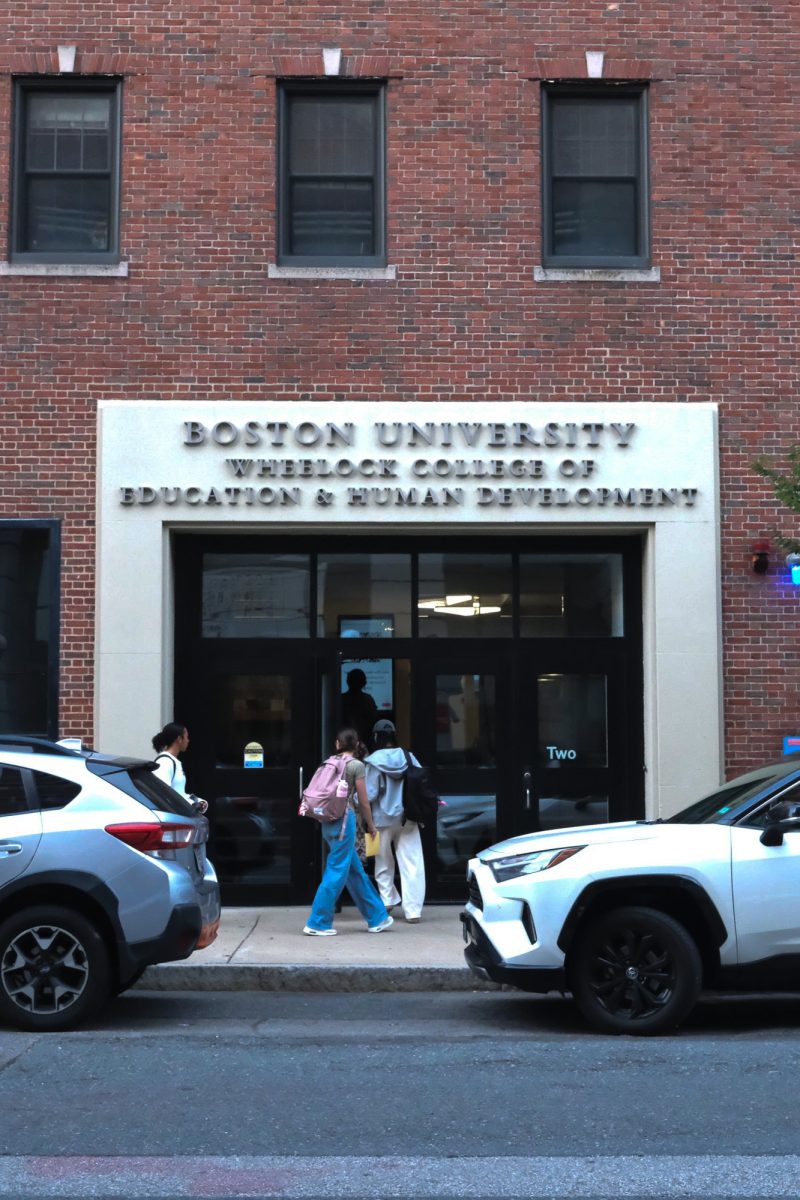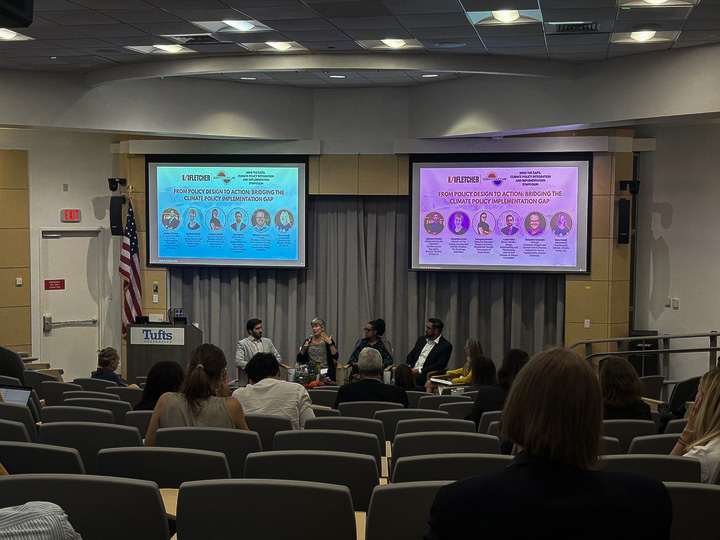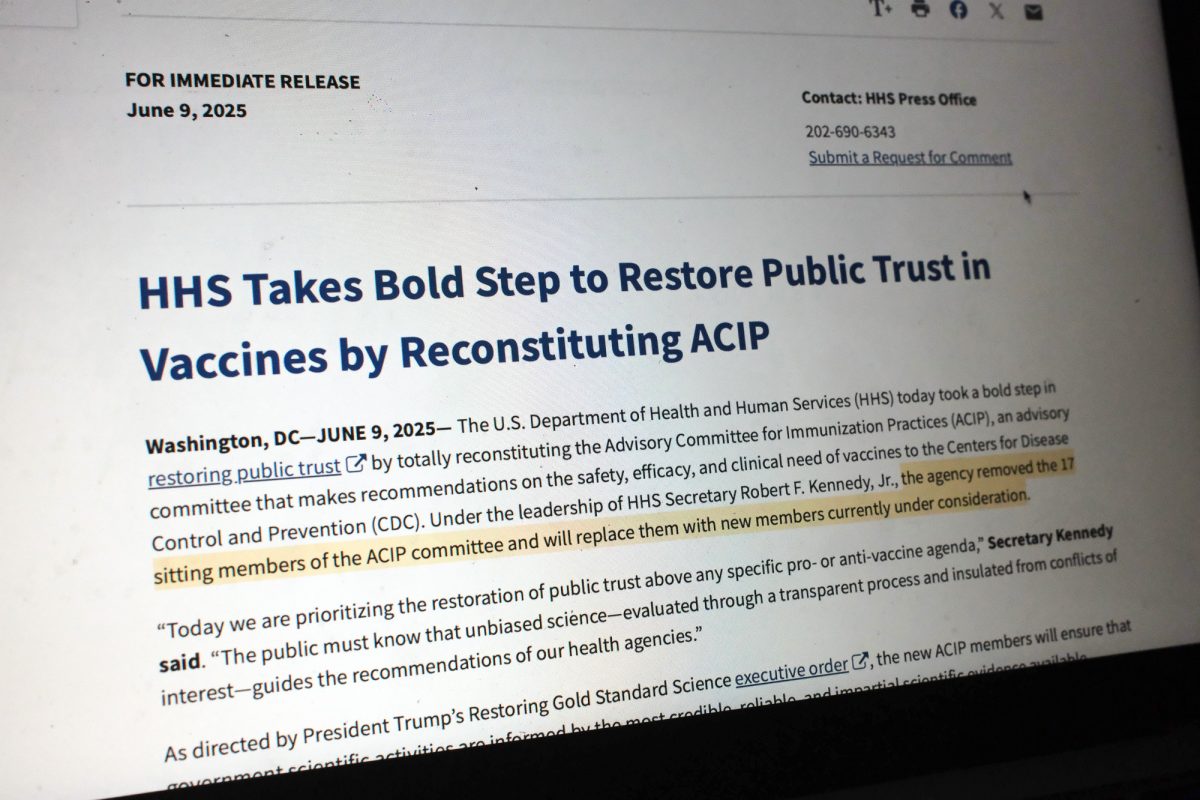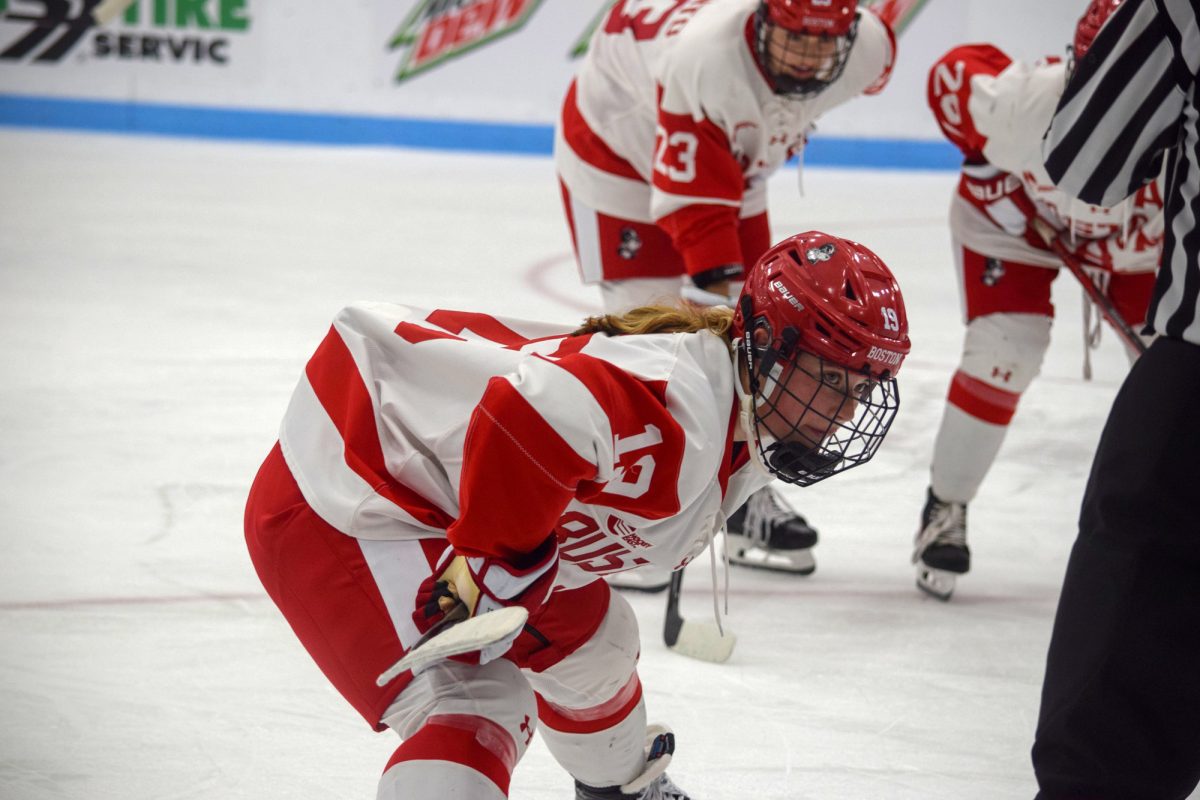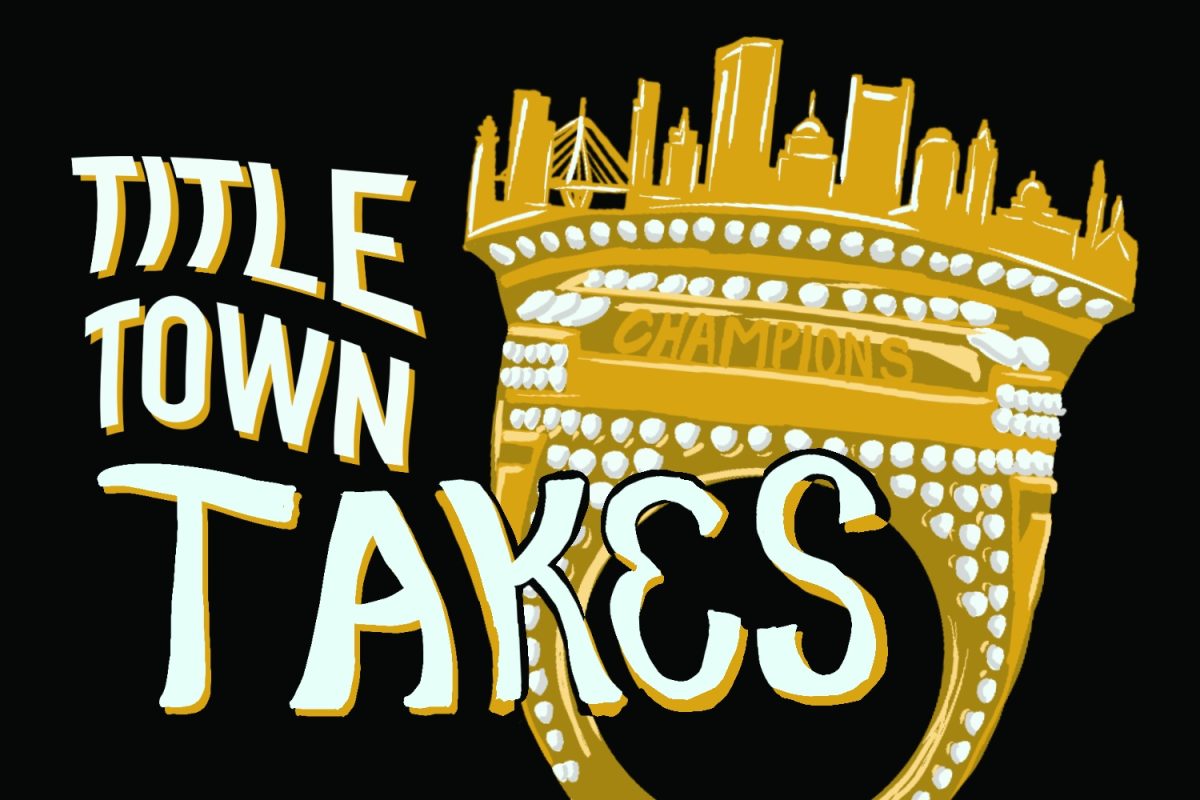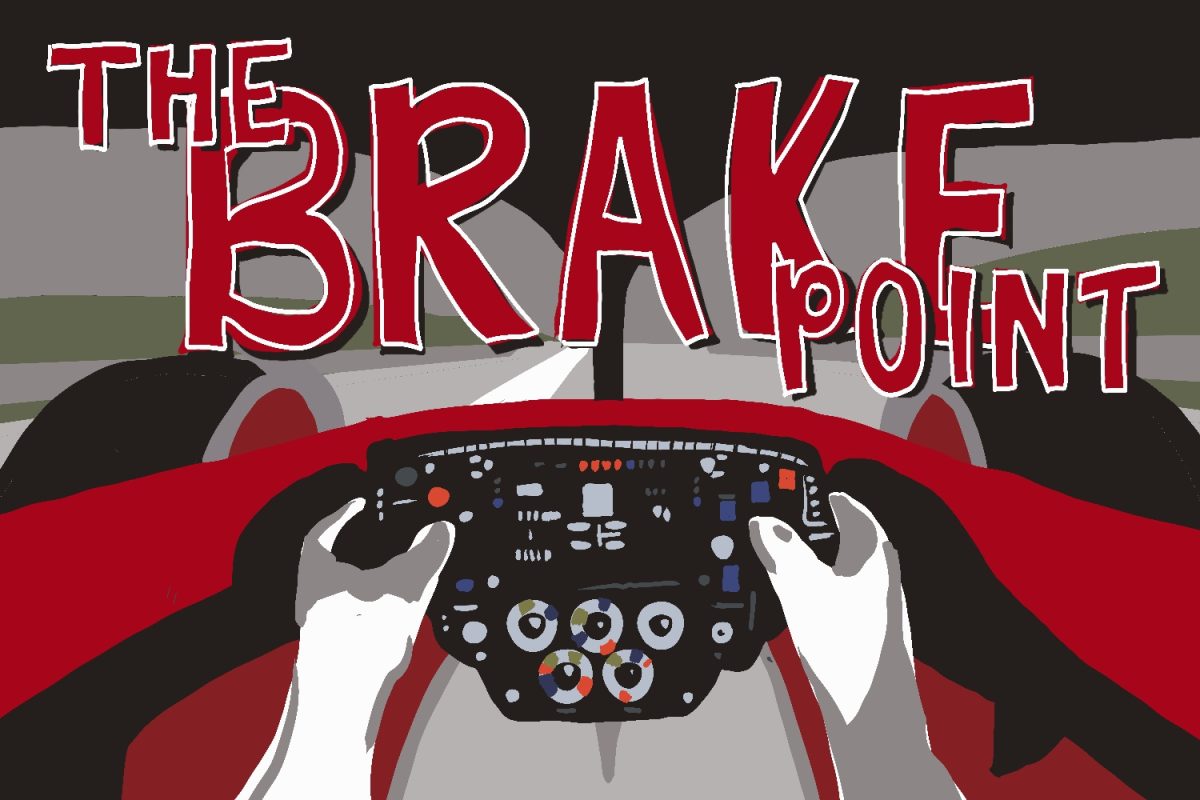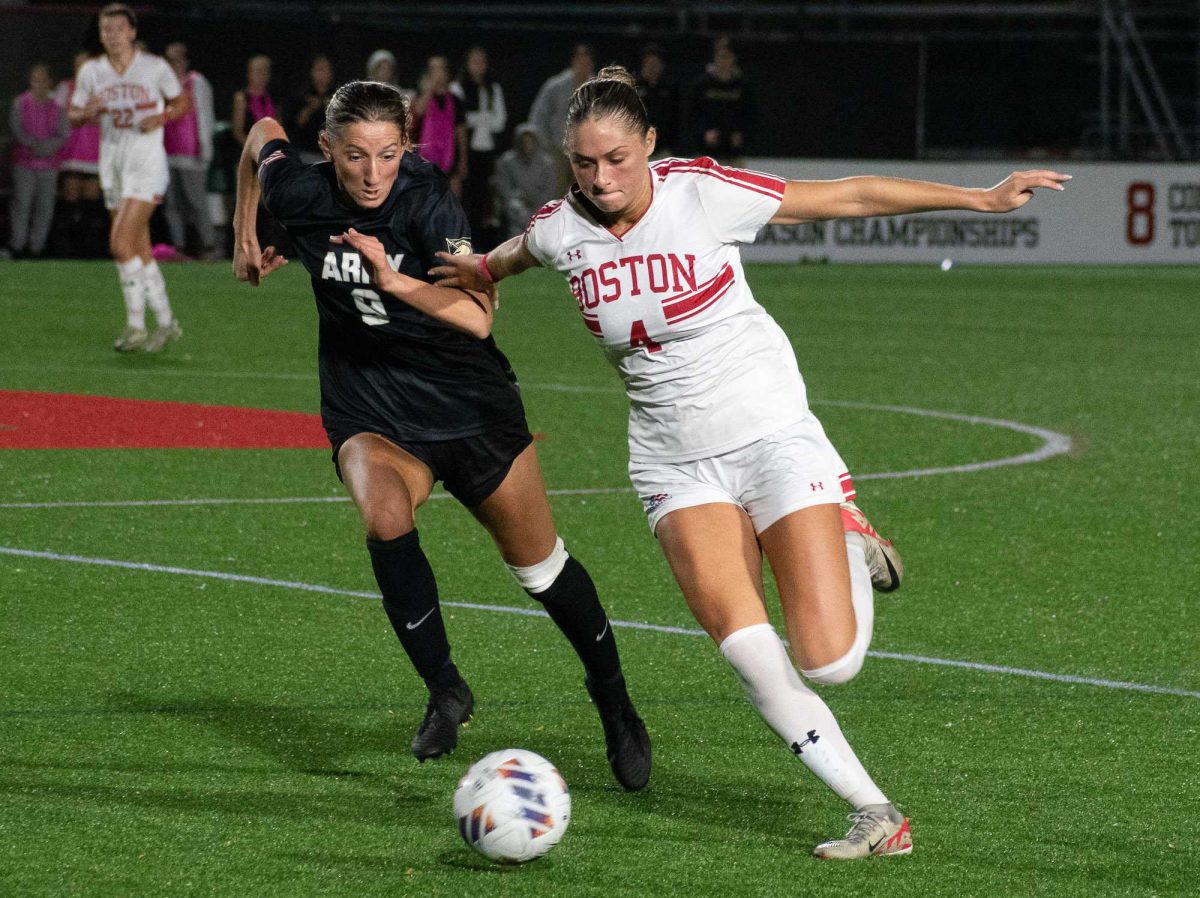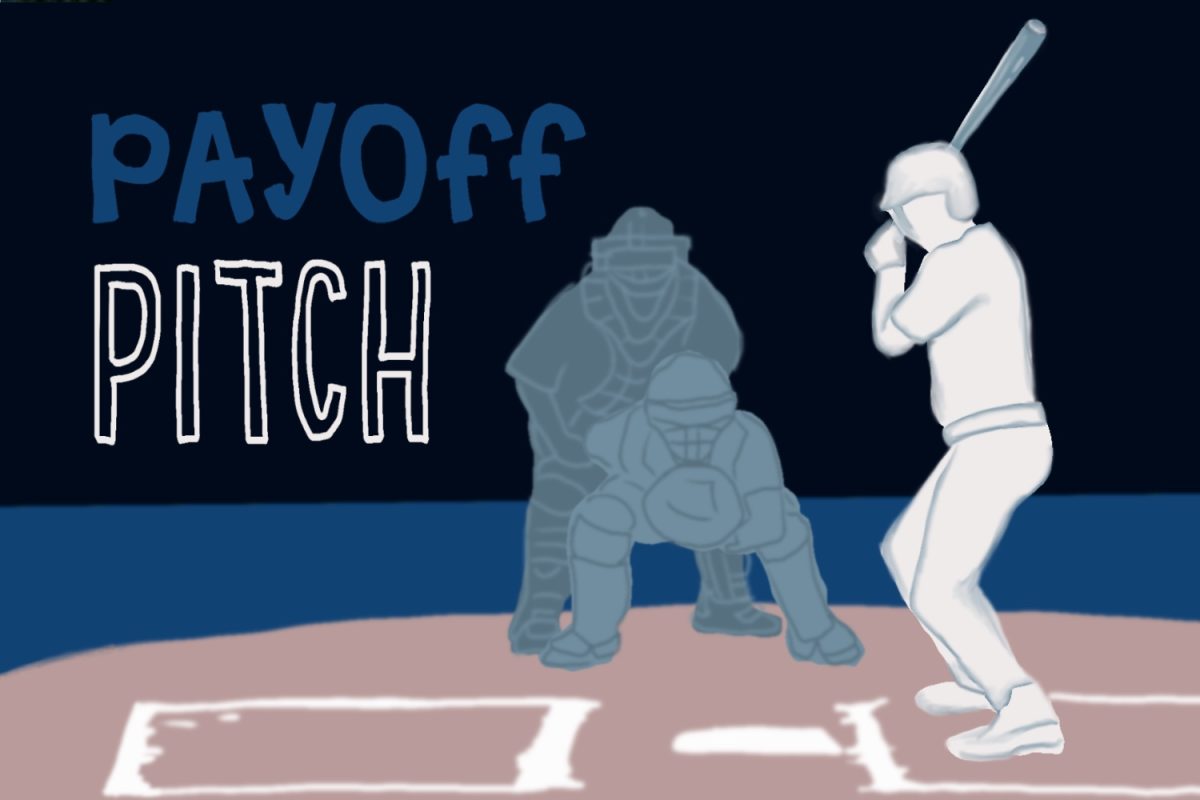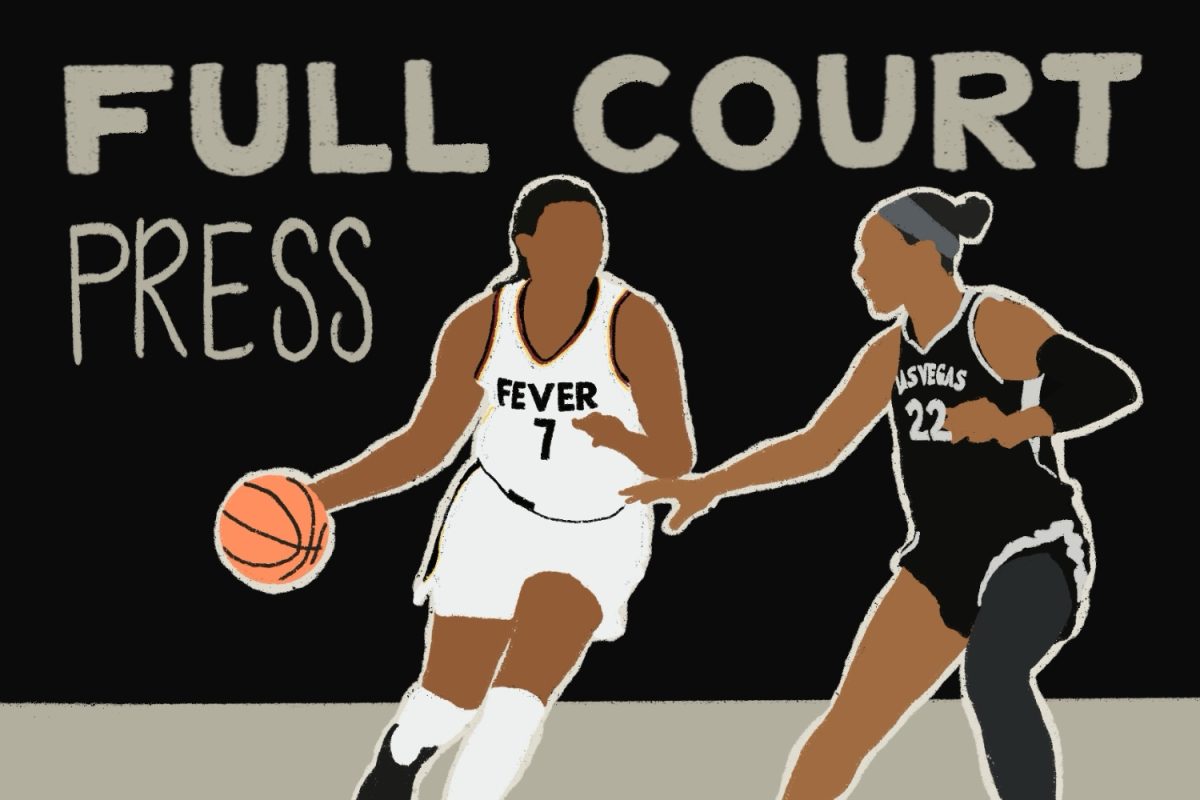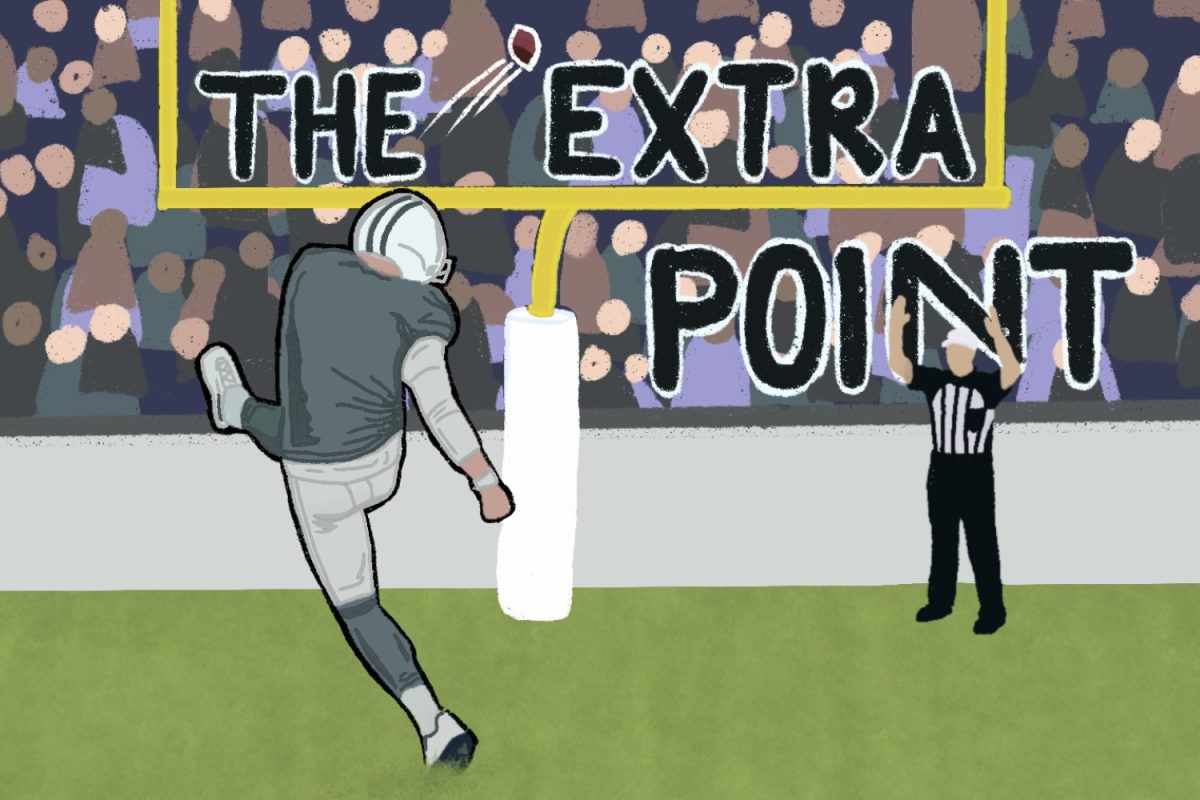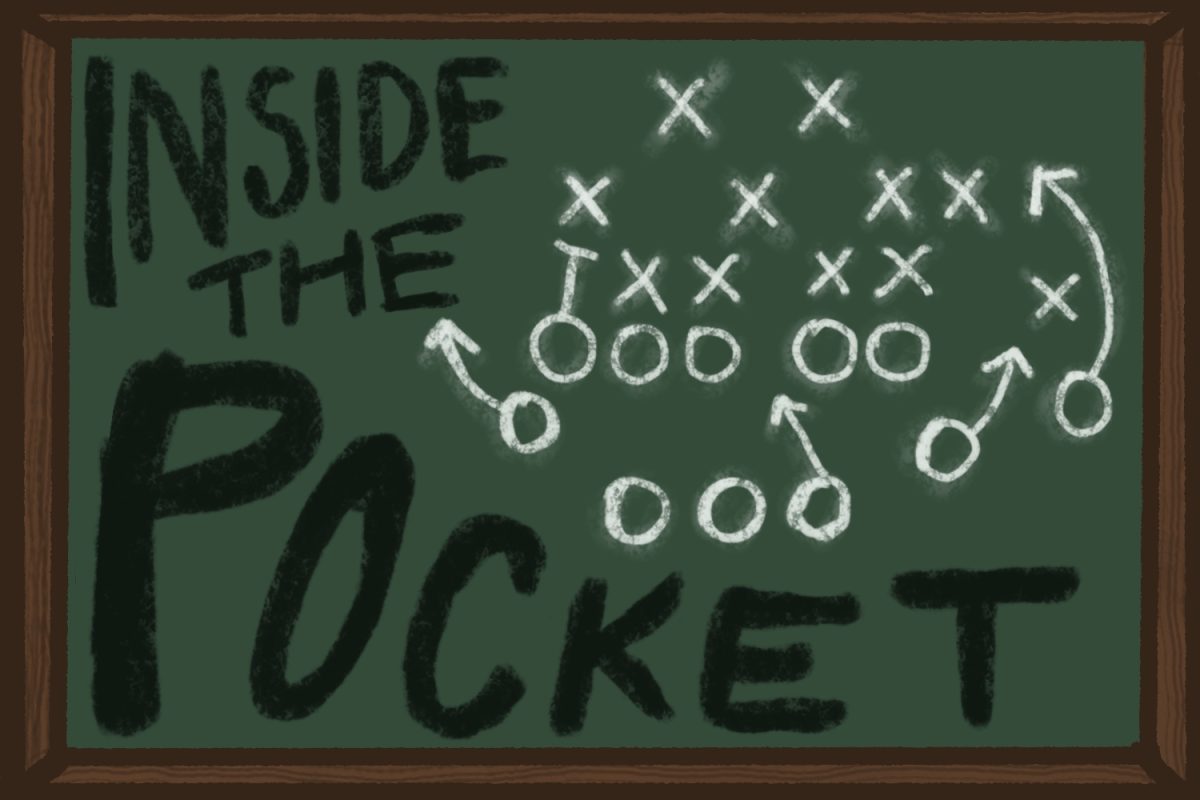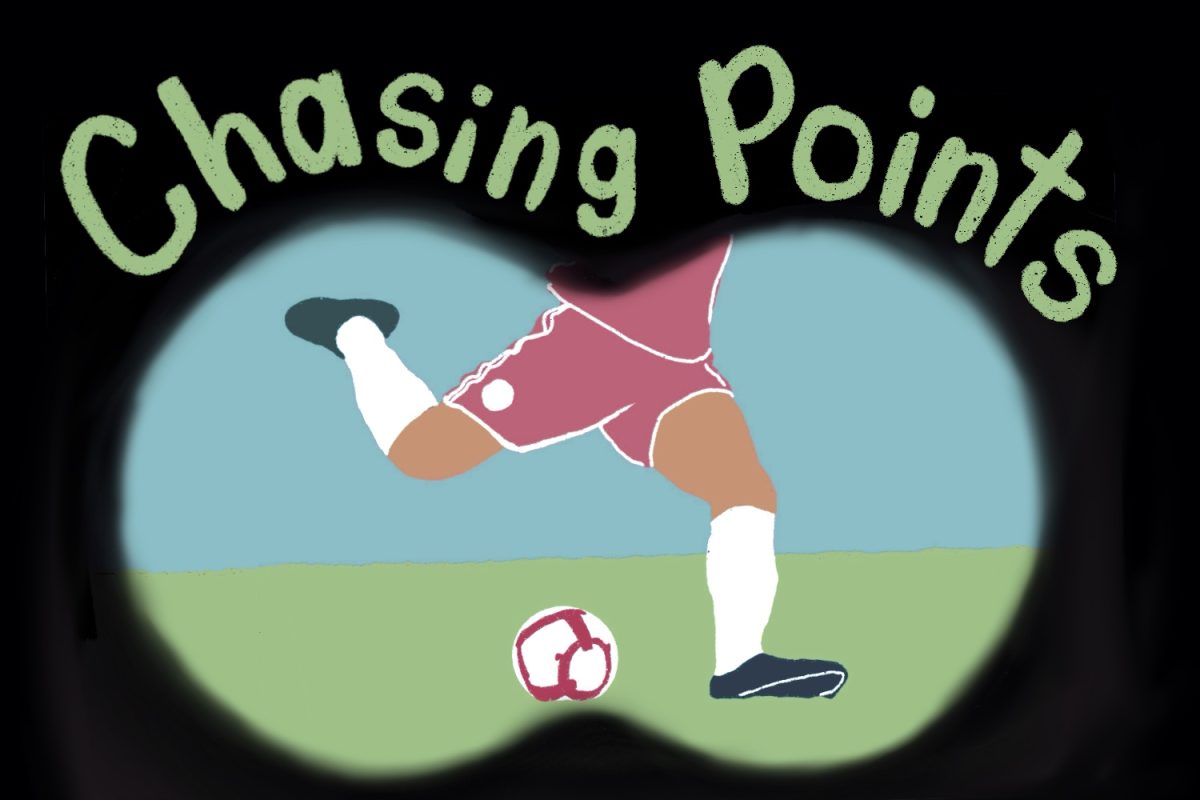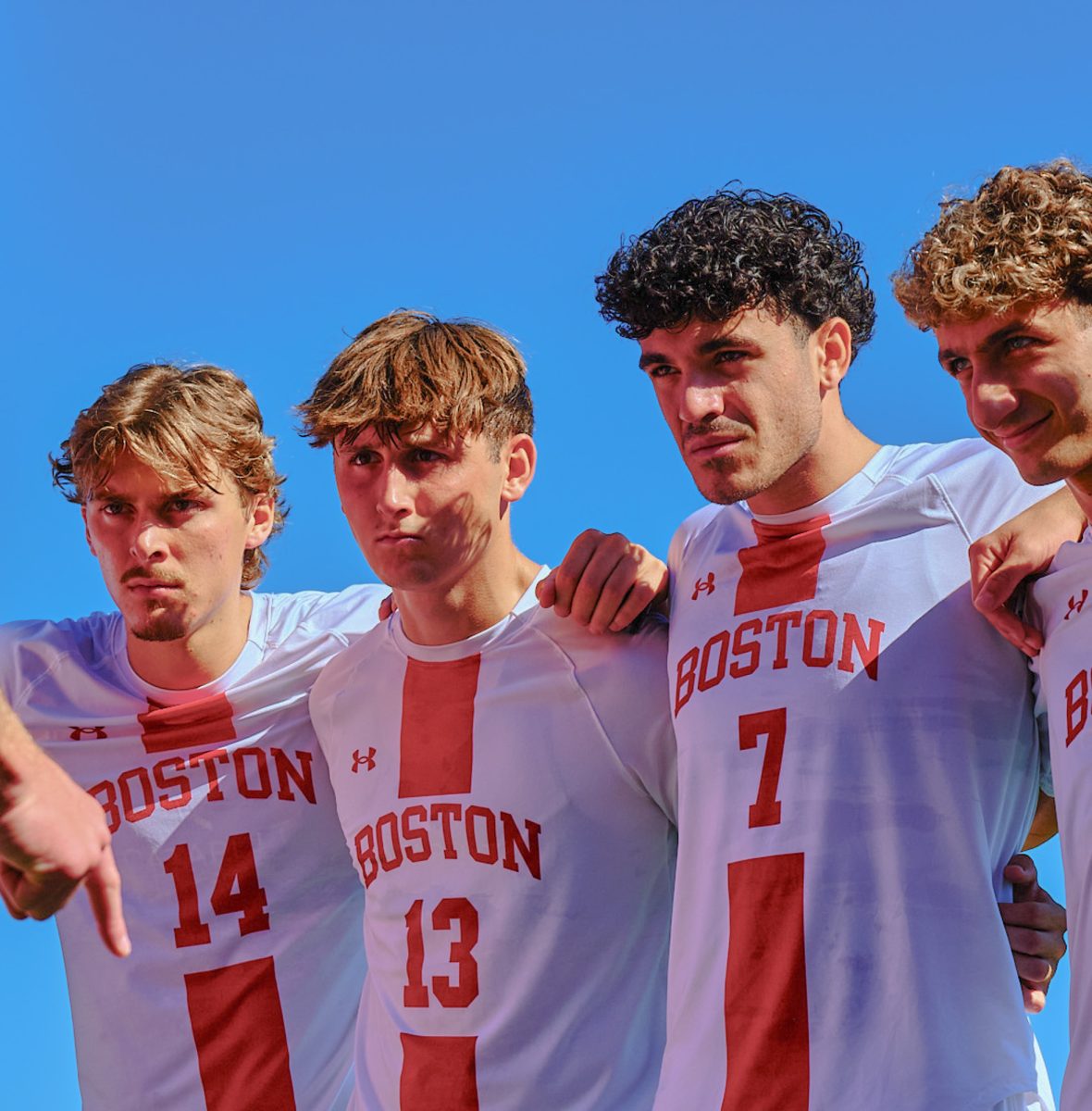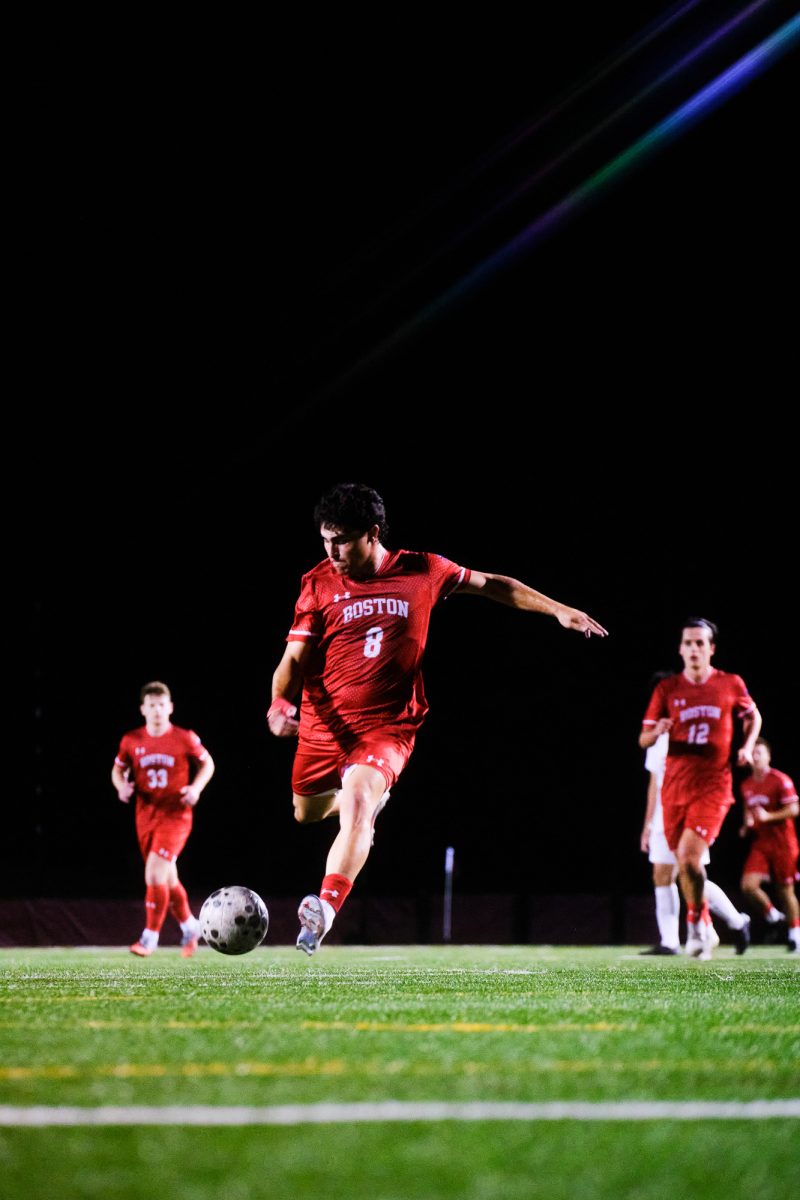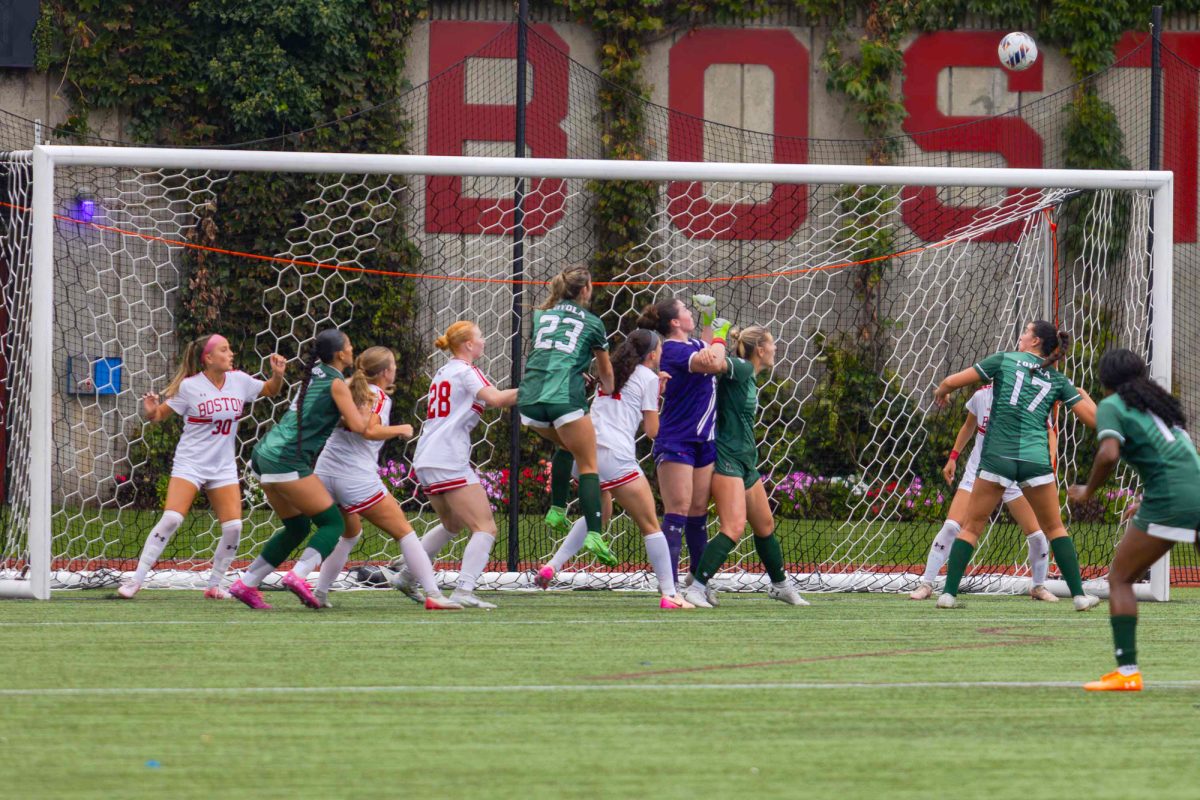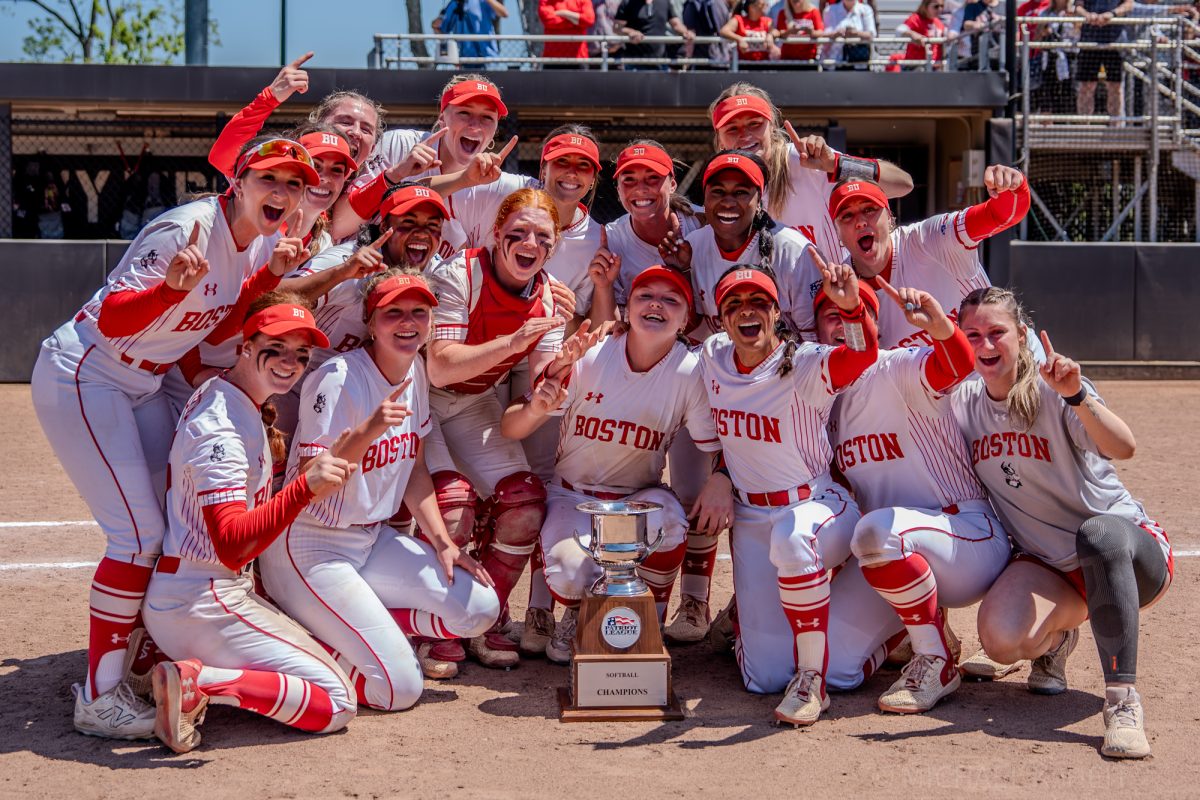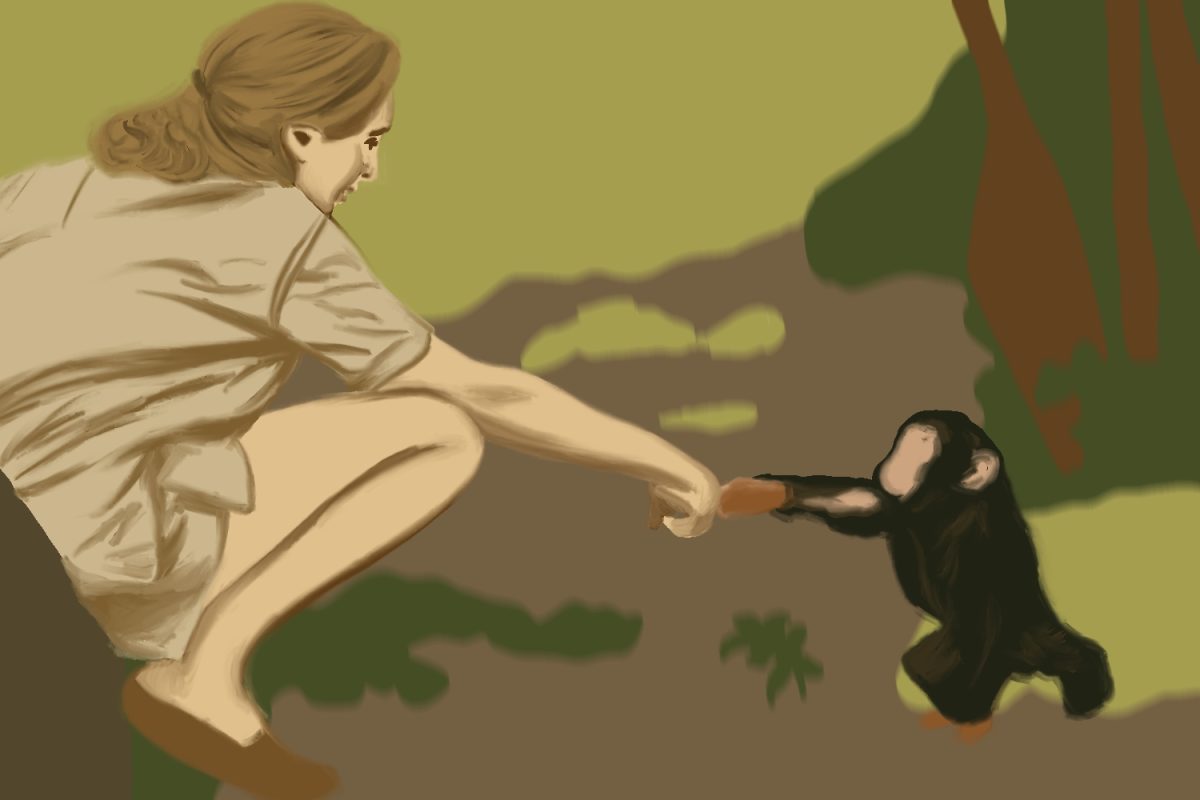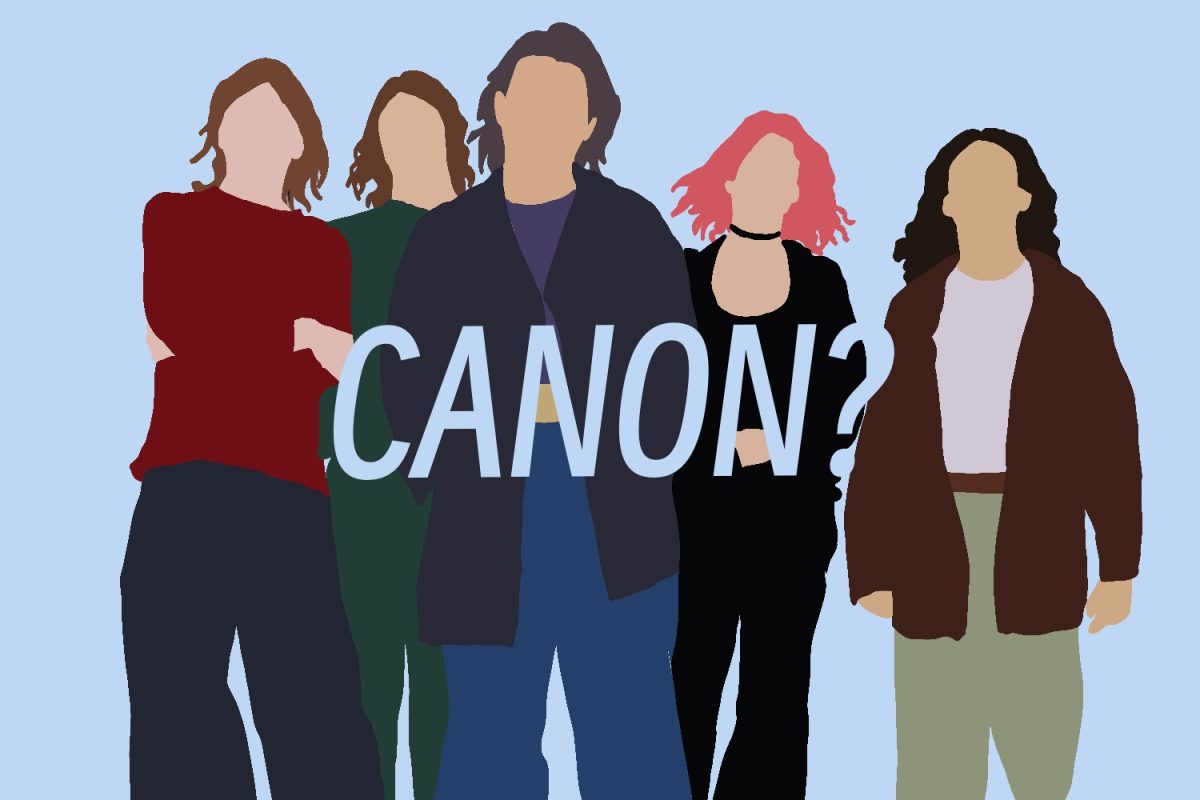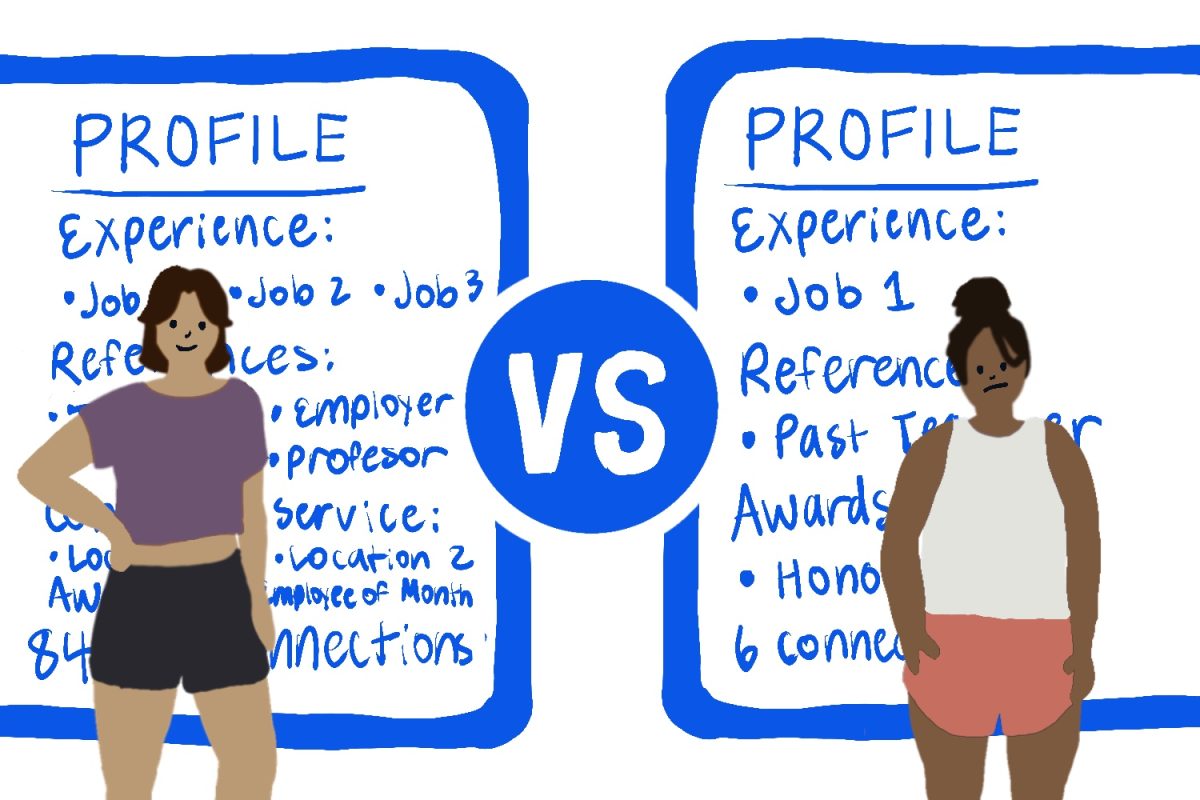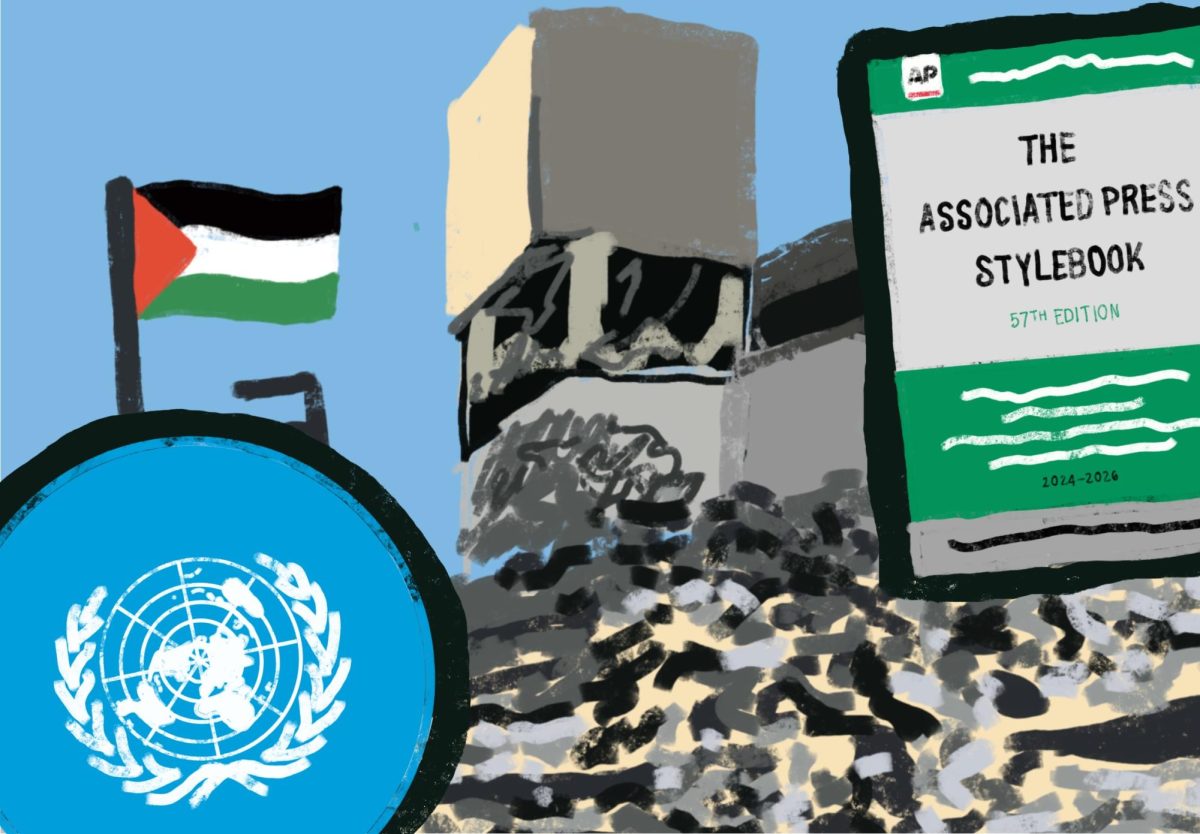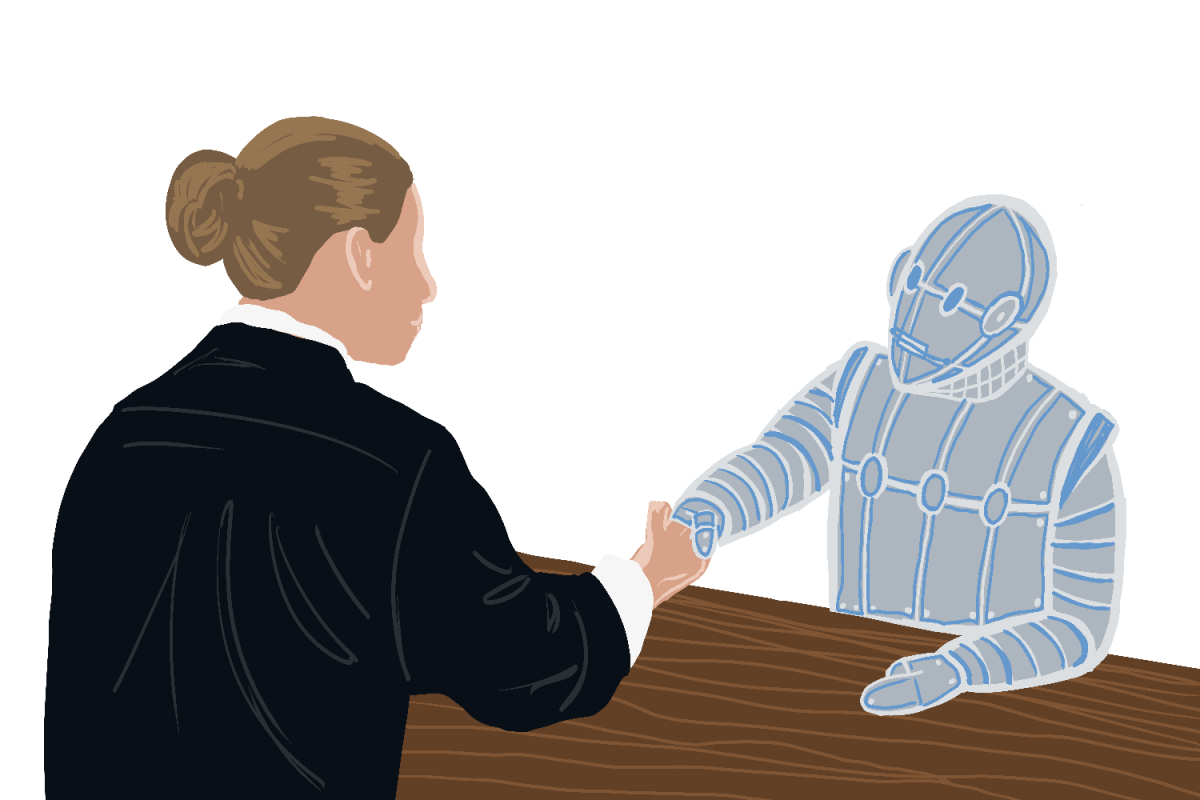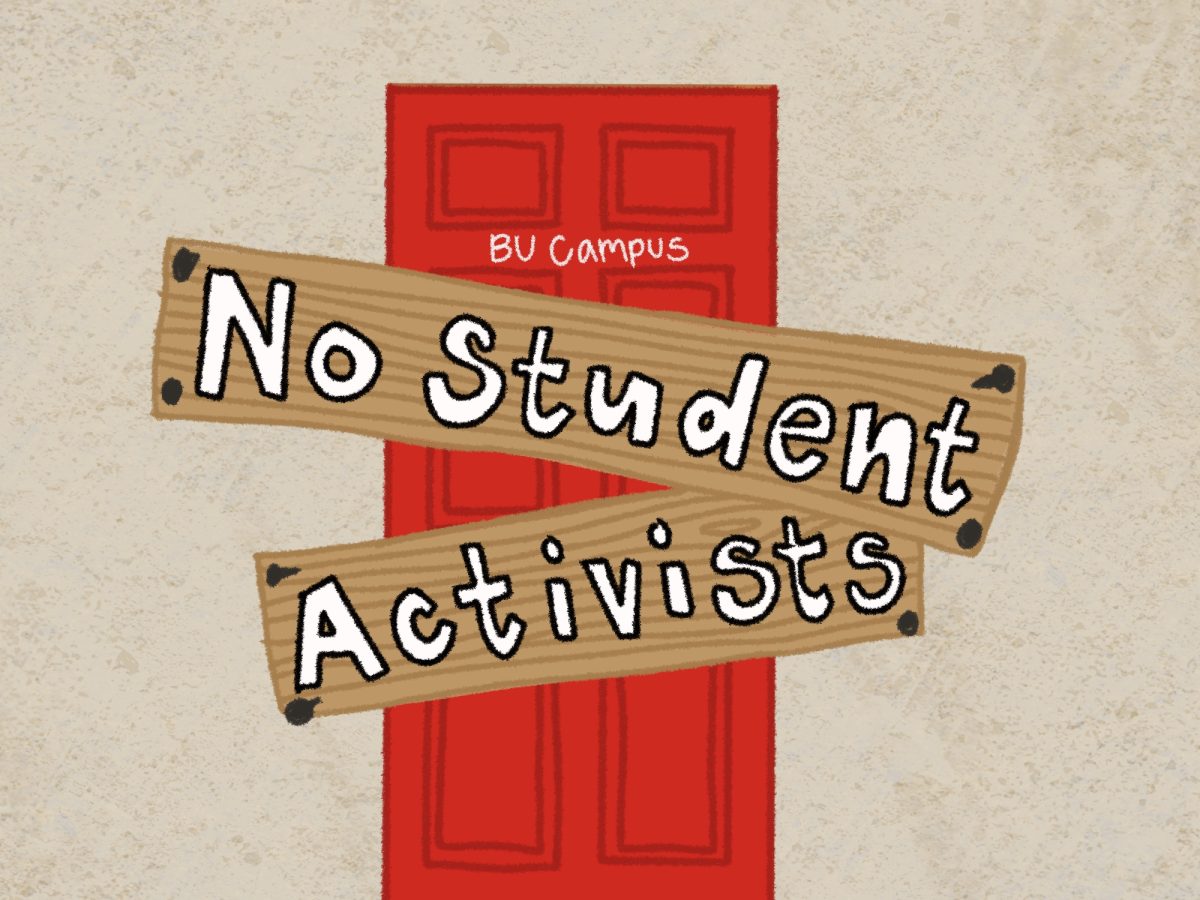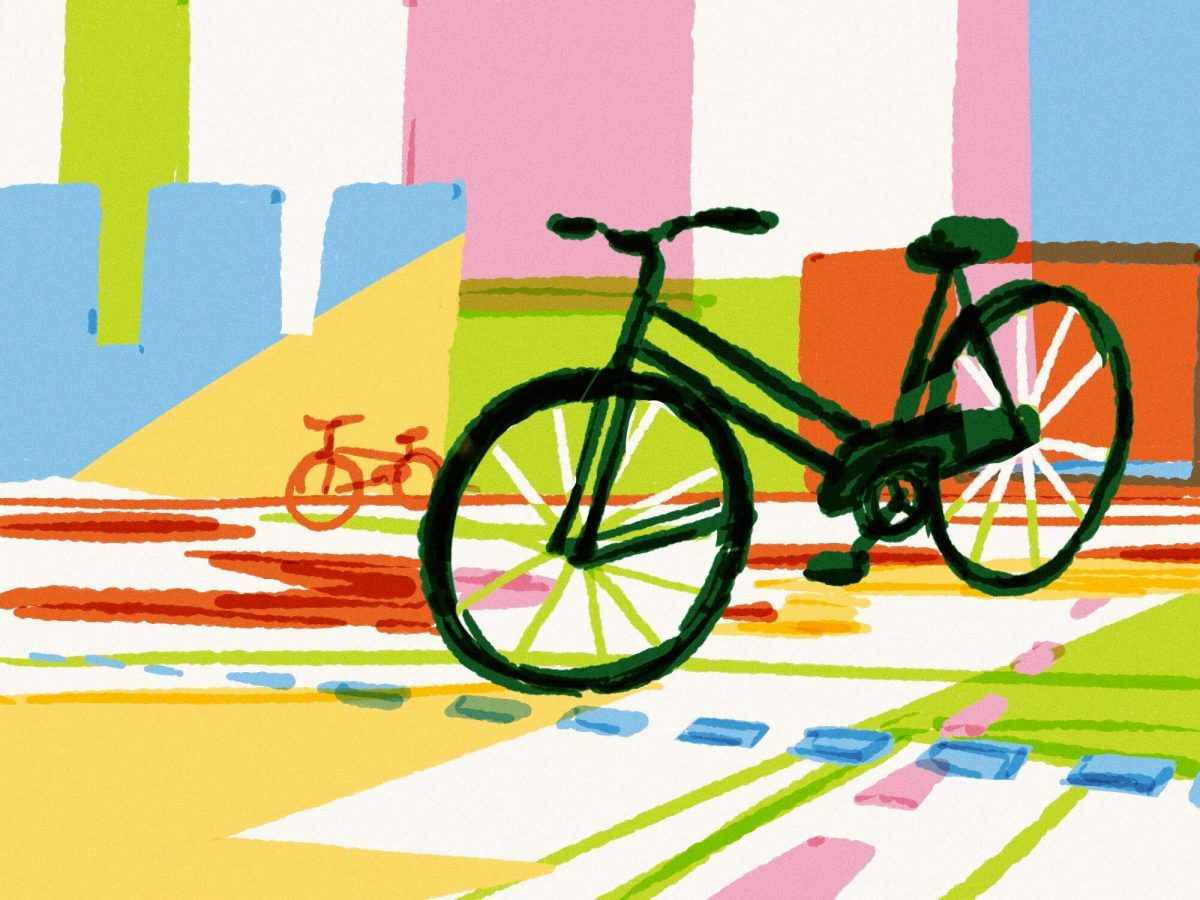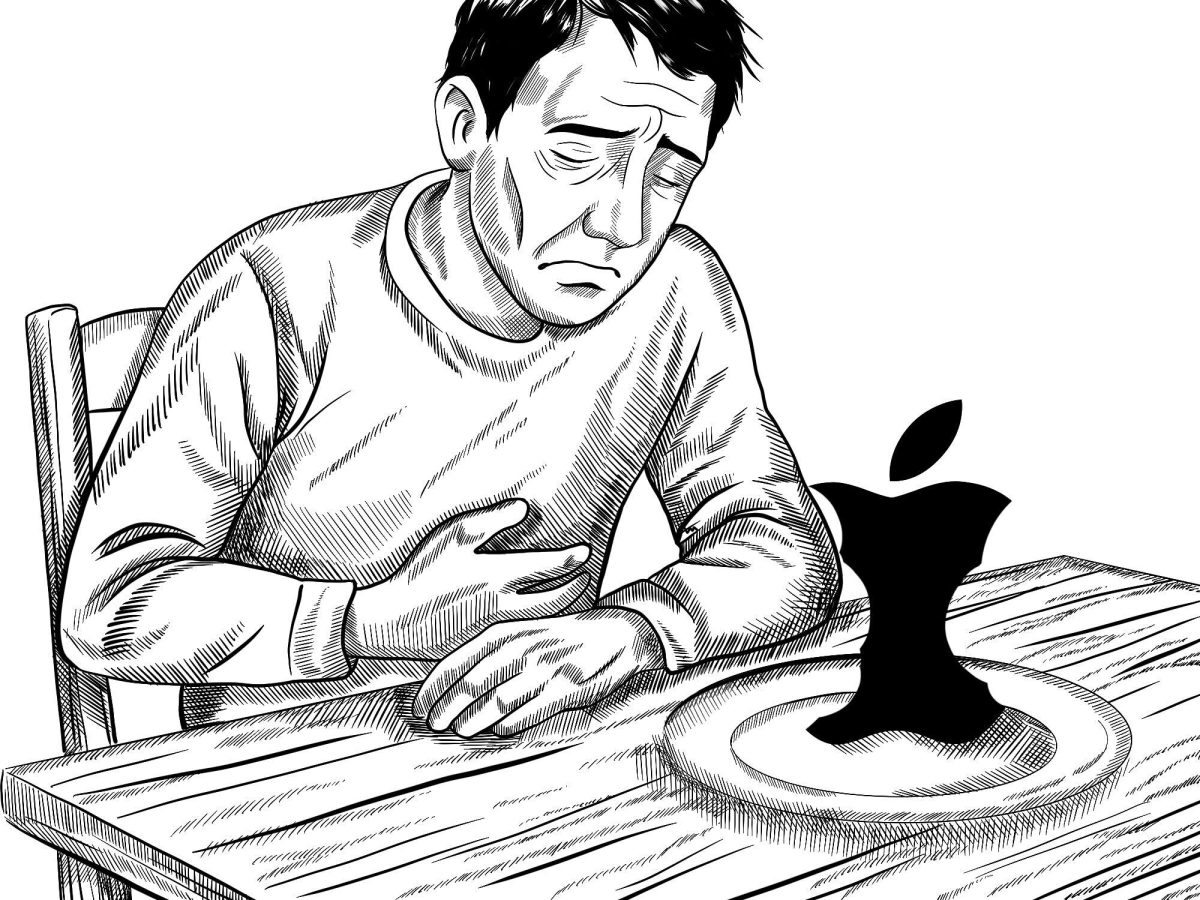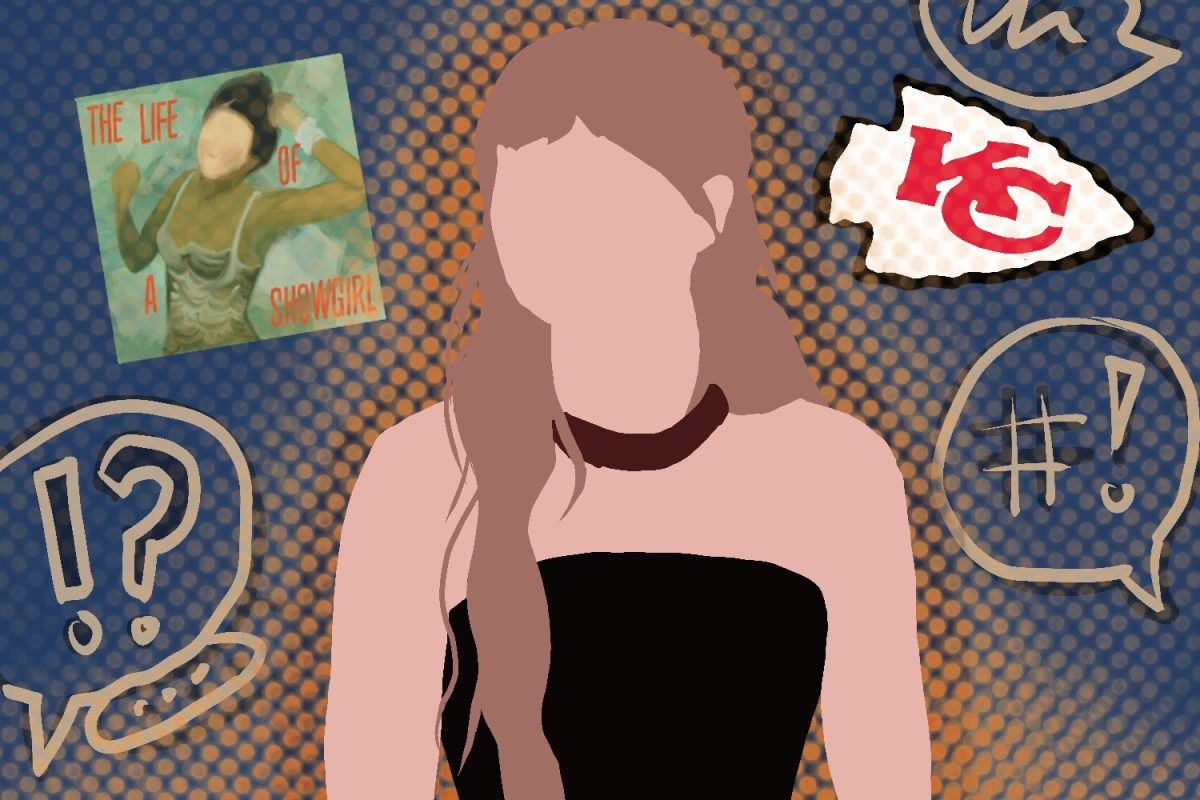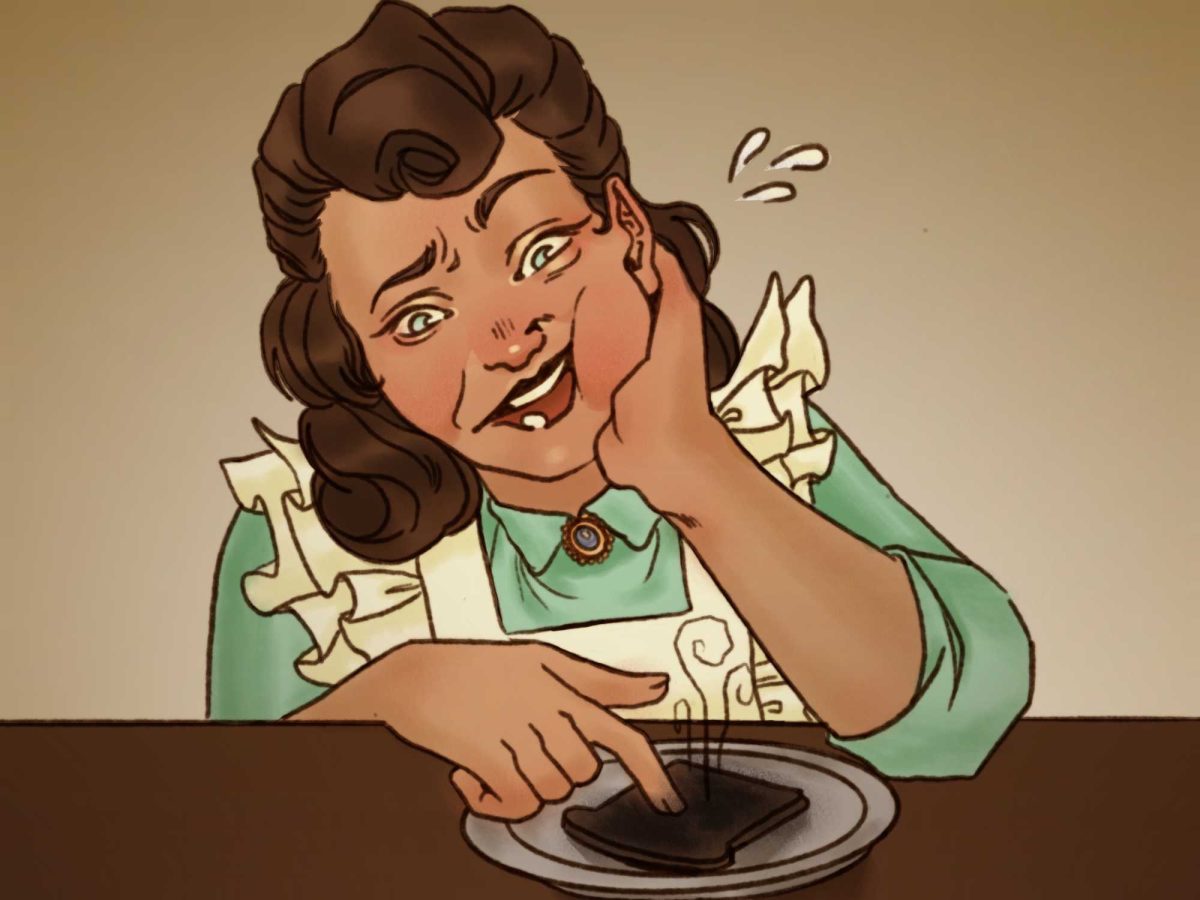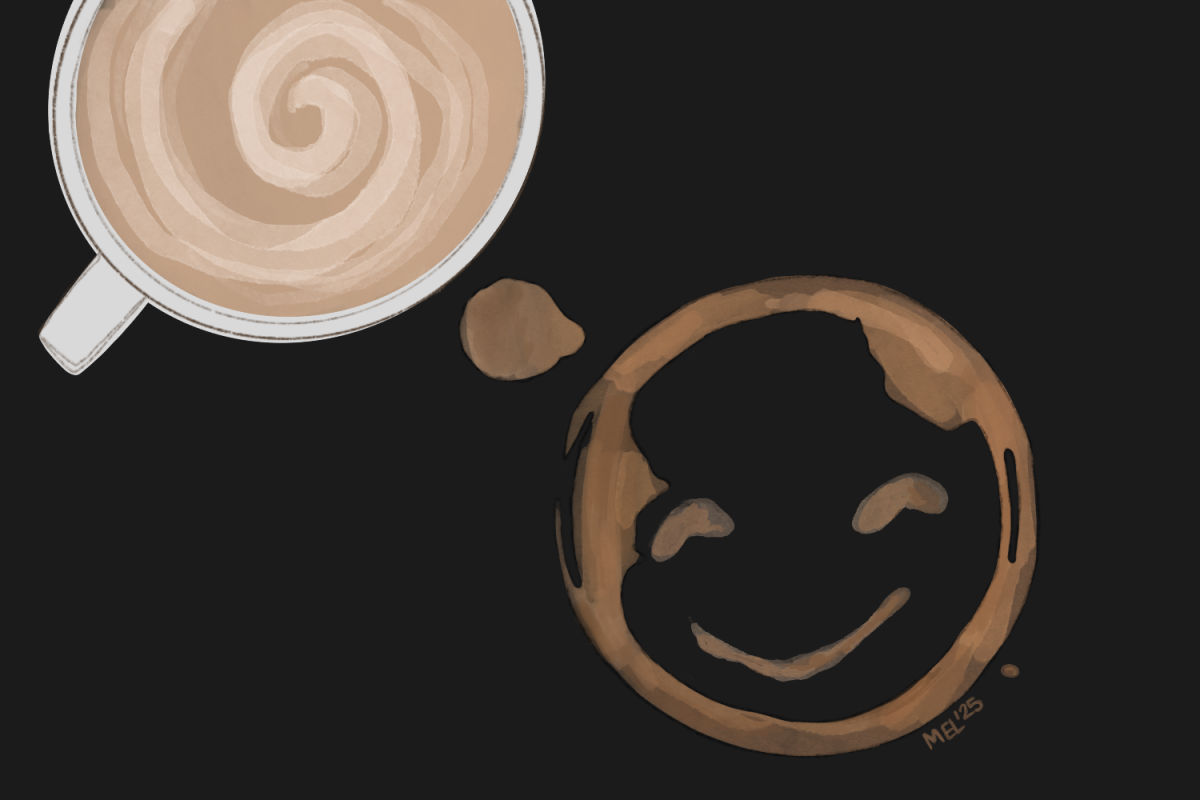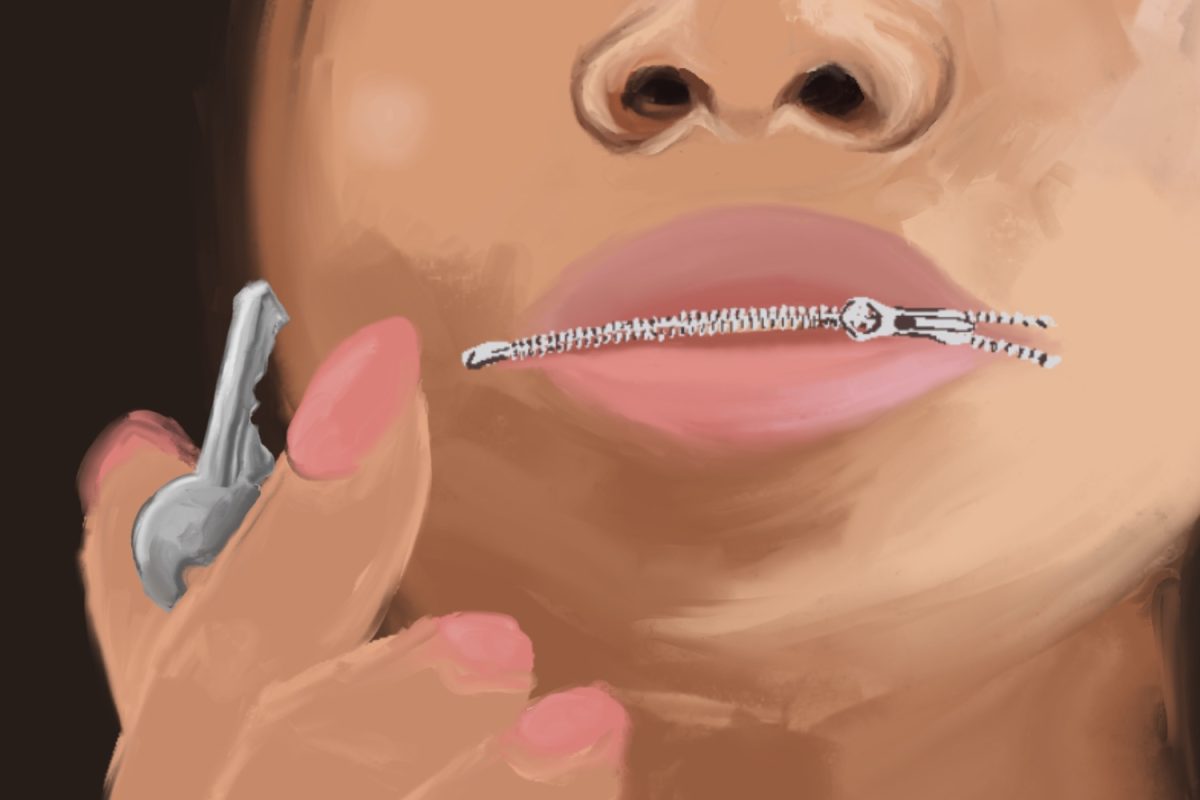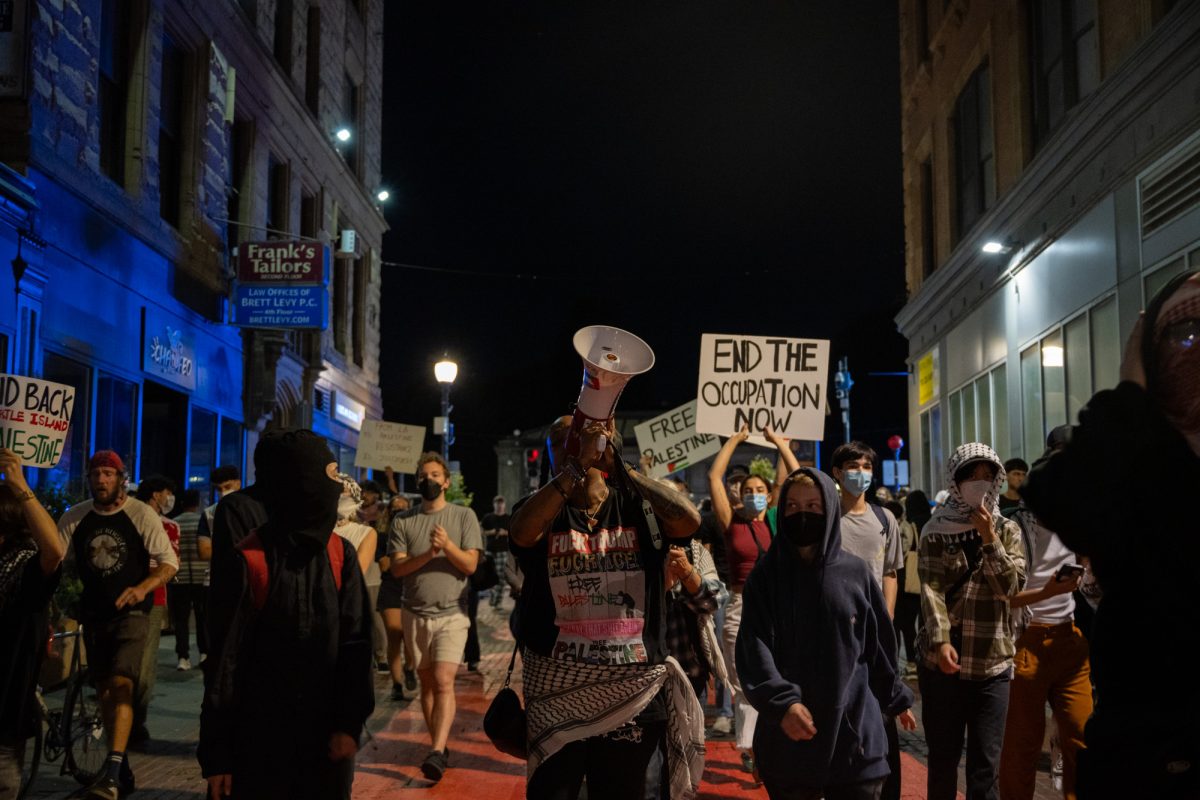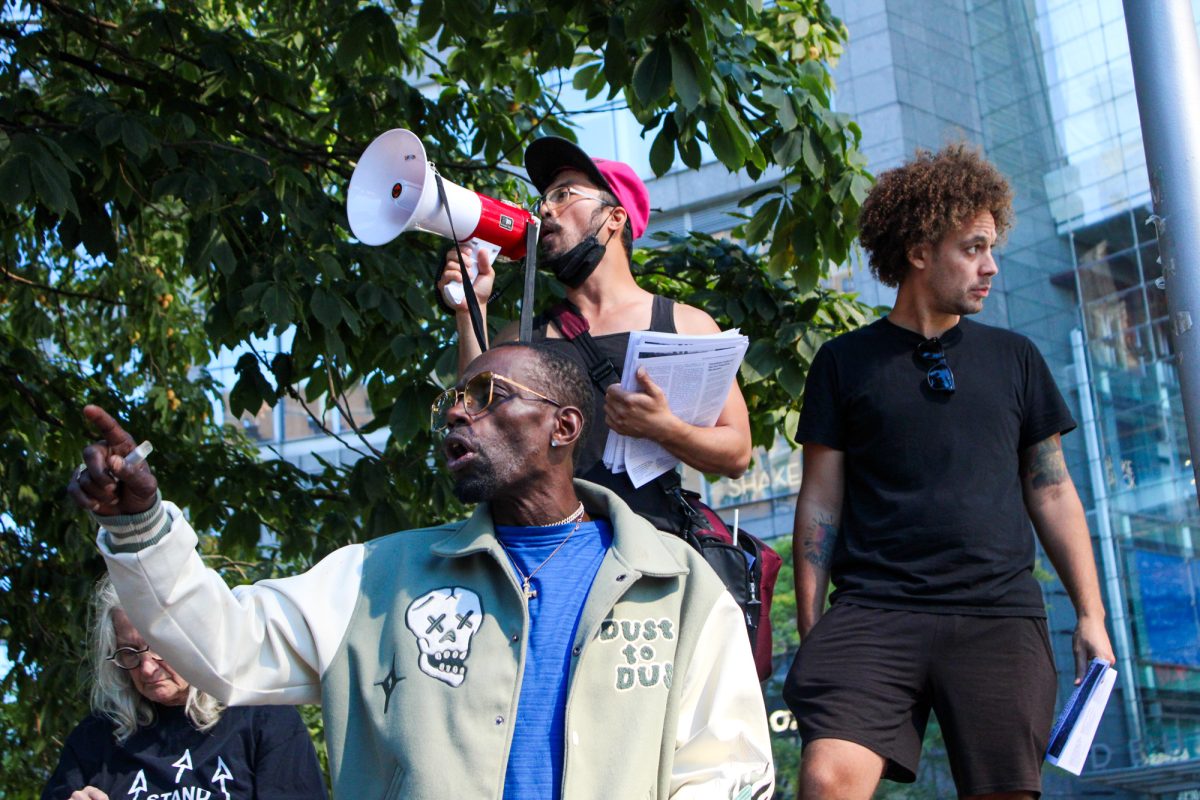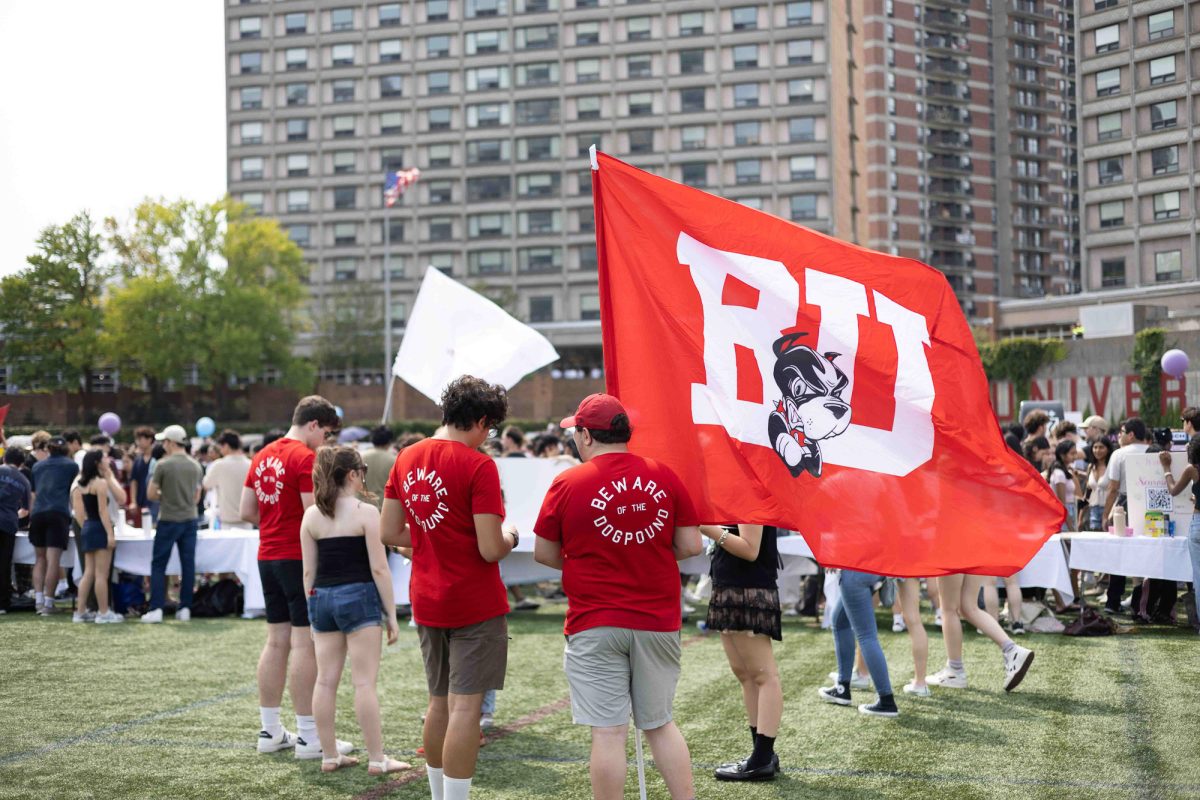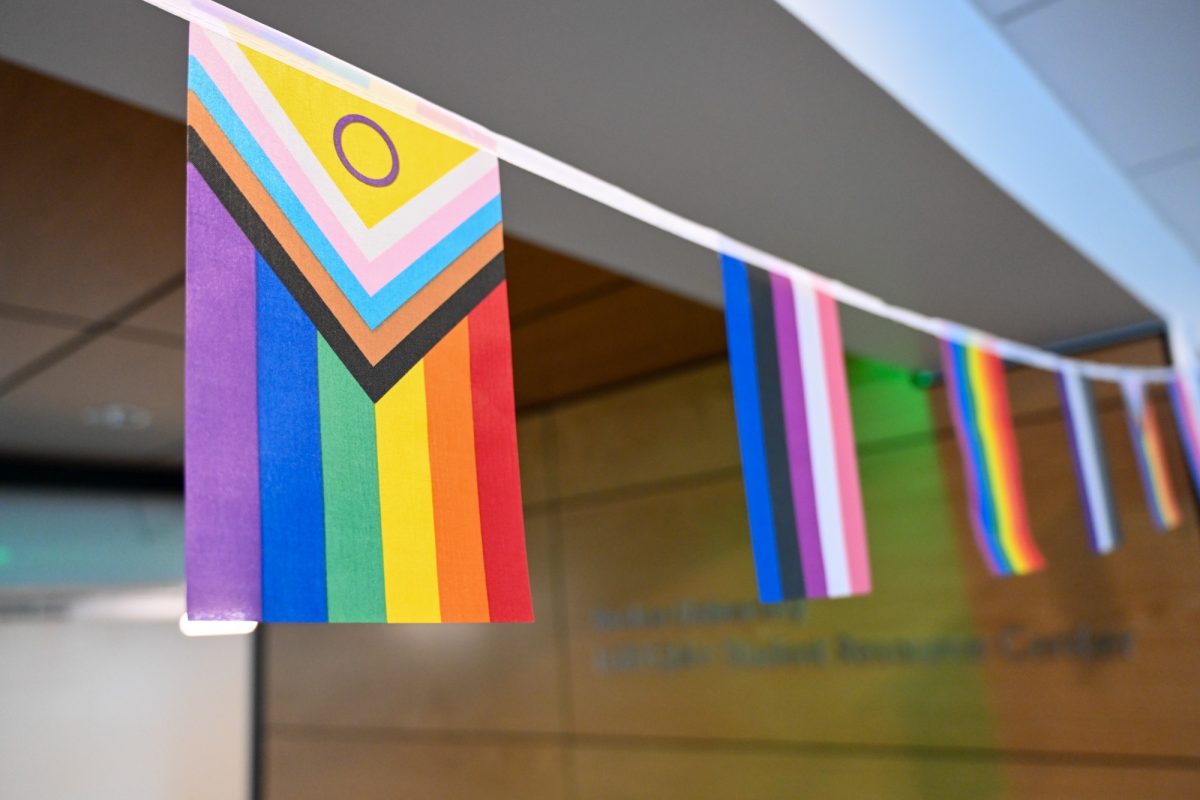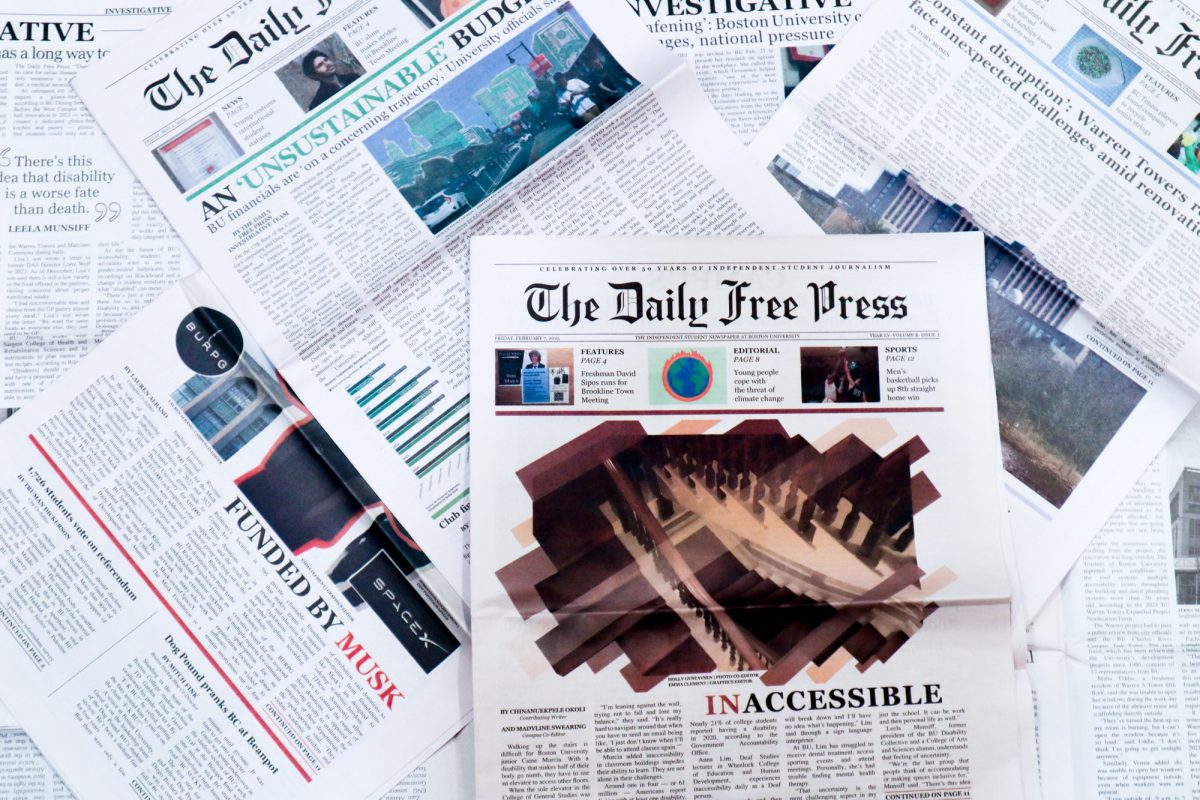With the construction of yet another tower near Nickerson Field, one wonders how many dingers Babe Ruth would have smashed off the soon-to-be-completed Student Village 2. It would have been a shot down the right field line for the Babe, since because home plate sat just in front of where Claflin Hall is now. If the crack of the bat didn’t wake up the denizens who were still sleeping by the start of the Braves game, then the roar of the 40,000 fans in the stands would surely do the job.
But by 2009, when students will inhabit ritzy apartments overlooking the field, 57 years will have passed since the Boston Braves played on what is now Boston University’s campus. What was once Braves Field now houses three Terrier varsity teams — lacrosse and men’s and women’s soccer — along with a slew of club and intramural squads.
As far as modern collegiate athletic facilities go, one would be hard-pressed to find an active site with a richer history, and one that has changed more, than Nickerson Field.
The only reminders of the past sit behind the stands — a plaque lists the various notable moments in Braves Field history — and on the wall of the Case Gymnasium hallway outside the hockey rink. Students have had little incentive to watch a game at Nickerson since football was disbanded in 1997, and BU Director of Athletics Mike Lynch guessed that many of the athletes who play on the field on a regular basis don’t even know about the site’s storied past.
“We’re trying to create a much better historical representation of what’s happened at BU, and certainly Braves Field is one [that we’re working on],” Lynch said.
The Boston Braves, a National League franchise that competed with the Red Sox for fans, played on the site between Agganis Way and Babcock Street from 1915 to 1952, until the field was sold to BU for $585,000 — quite a bargain by today’s standards.
Ruth, Warren Spahn and Casey Stengel stand among a litany of baseball legends that wore the Braves jersey or played at Braves Field. But it was the Boston Red Sox who won two World Series at Braves Field, in 1915 and 1916.
With fewer than 300,000 fans entering the turnstiles in the Braves’ last season in 1952, owners were forced to relocate to Milwaukee. Dramatic renovations to the stadium ensued after BU bought the site in 1953, including the scrapping of the outfield fences and old seats. Further improvements followed in 1960, which transformed the field close to its appearance today.
Before buying Braves Field, though, BU teams played at the original Nickerson Field in Weston, Mass., 15 miles west of Boston, after William E. Nickerson donated the land.
The field between Babcock Street and Agganis Way, first referred to as “University Field,” became Nickerson Field in Nickerson’s honor in 1953. Nickerson, a member of the BU Board of Trustees and a graduate of Massachusetts Institute of Technology, also invented the machinery used to manufacture the first Gillette safety razor.
Football at Nickerson
The Boston Patriots, now known by their New England moniker, aided the university with the changes and played three seasons at Nickerson from 1960 to 1963.
Though it’s hard to remember, the “BU experience” once included football. John Connolly, a Boston Herald sports writer who covered Terrier football for 25 years, remembers a televised game — the New England Sports Network’s first local collegiate game — from 1984, between No. 1 ranked Holy Cross and No. 7 BU. More than 15,000 fans filled the stands.
“It was the best game I’ve ever seen,” Connolly said. “People were hanging off the shrubbery and the walls. If you came away from that game and didn’t like football, there’s something wrong with you.”
BU preserved the 16-12 upset with a defensive stand on its own 8-yard line as the game clock expired. Two years later, with former BU President John Silber watching from the stands, BU executed another shocking upset, this time at the hands of a Rich Gannon-led University of Delaware team. The Terriers even beat Kurt Warner’s Northern Iowa team in 1993 in overtime on a Zack Burwell touchdown.
“The place was packed,” said Ed Carpenter, BU’s Sports Information Director for 29 years. “The hockey team was up there by the end zone facing the West Campus dorms. [Jack] Parker postponed practice so that they could watch the game. They all mobbed Burwell [after he scored].”
Most Saturday afternoons were not like that, though. With the exception of a seven-year run from 1978 to 1984, the Terriers struggled to win five games in a season. Student support, never strong to begin with, suffered with the completion of Claflin, Sleeper and Rich halls in the mid-1960s. The towers afforded students the luxury of their own rooms with a great overhead view of the action.
At one point, Boston College practiced on the Terriers’ field before the Terriers took the field. Just imagine the trash talking the between the teams as they passed each other. In fact, at least on one occasion BU players challenged the Eagles to scrimmage, on the spot, in the middle of the week. BC wanted no part of it.
Rolling Out the (Green) Carpet
The bleachers on the visiting team’s sideline are now gone. The competition track around the field is gone. The natural grass encompassing the artificial turf end zones is gone.
One large platform, however, still remains, sitting at midfield opposite the metal stands. Now used for little else but for videotaping games, BU installed the structure prior to 1989’s commencement ceremony in compliance with Secret Service specifications. President George H. W. Bush spoke at that year’s ceremony, as did French President Francois Mitterand.
Carpenter remembers having to renovate the football locker room (now the men’s basketball locker room) to make suitable arrangements for Mr. Bush as he waited to speak.
“President Bush used it as his room. We put in air conditioning, carpeting. We had to bring him all the food he wanted. All his wishes had to be met,” Carpenter said.
Everyone also had to be seated by 7 a.m. for the 11 a.m. commencement for security purposes.
As for the playing surface itself, AstroTurf replaced natural grass in 1968, and the modern FieldTurf covered the ground in 2001 prior to the Boston Breakers women’s soccer season.
“It’s a little bit worn down now, but it’s a good surface,” said Neil Roberts, BU men’s soccer coach. “It gets more use than probably any other college field in the country.”
Last spring, Nickerson Field hosted the NCAA women’s lacrosse Final Four. The Duke University women’s team advanced to a semifinal game, but the bigger story involved the Duke men’s team. In support of their male counterparts, the women’s team wore wristbands with the numbers of the three players who were accused of rape.
“It wasn’t unlike in ’97 when we dropped men’s football,” Carpenter said. “Women’s lacrosse wore black tape around their shin guards in support of the football team. Women’s field hockey showed tremendous support.”
Perhaps the Duke story piqued the interest of the average fan, or maybe Dartmouth College’s finals appearance drew New Hampshire residents into the city; either way, the fans showed up. A crowd of 5,000-6,000 watched each game, an unprecedented figure for a women’s lacrosse Final Four.
Other teams, such as the Boston Cannons of Major League Lacrosse, played home games at Nickerson Field. One of the world’s biggest soccer stars, Pele, even played a game at Nickerson as a member of the New York Cosmos.
Despite all the renovations and additions that have transformed the site of the original Braves Field, the historical value is not lost on those who have witnessed the changes.
Next month, the Boston Braves Historical Association is planning a reunion for the 39 living Braves players, who will tour what remains of Braves Field. Fortunately for the students snug in their West Campus beds, the guys are past their home run prime, and they won’t be woken up by baseballs crashing through the window.

